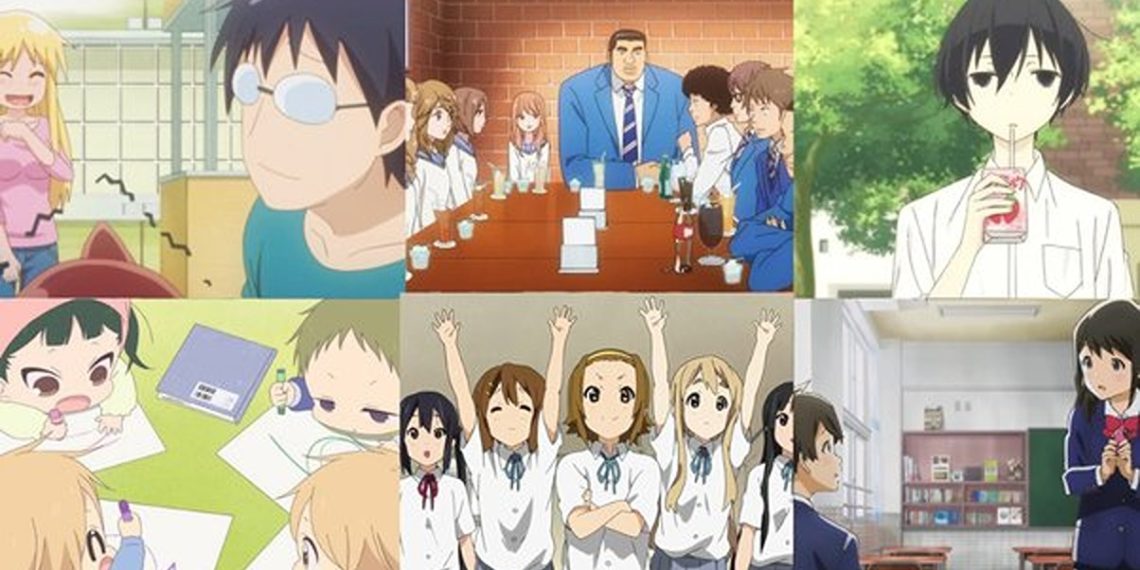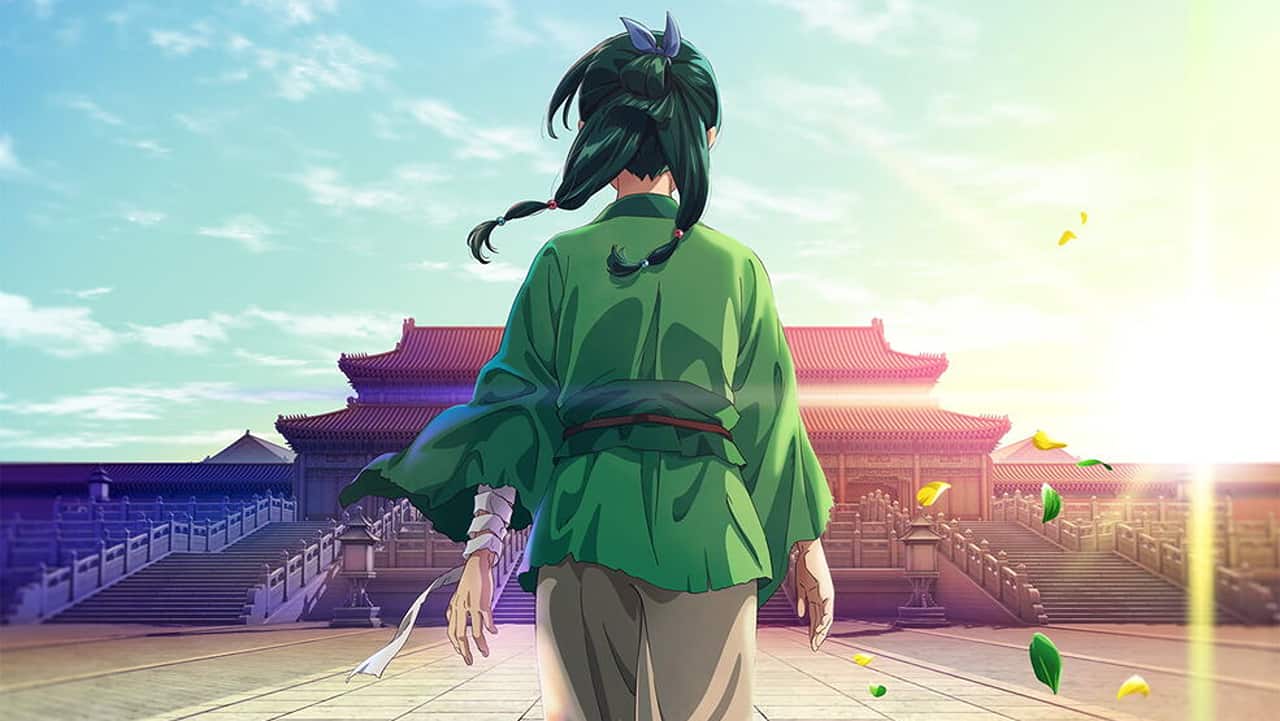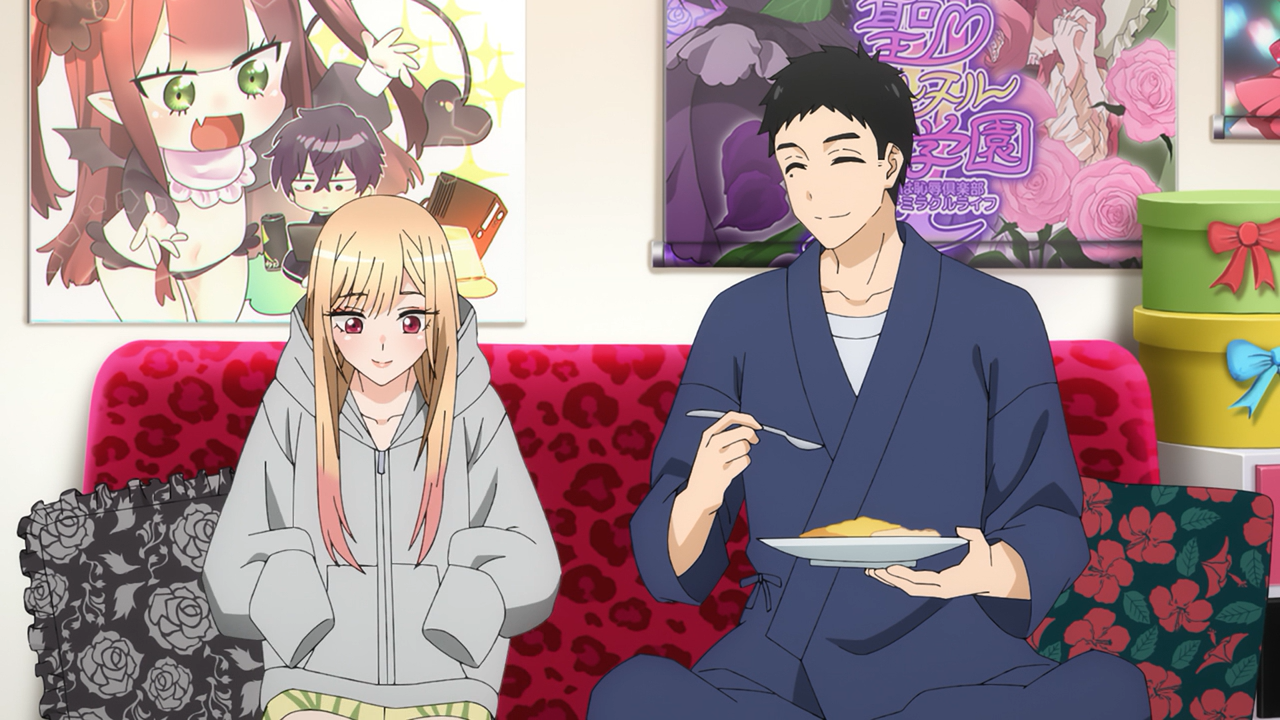Anime fans have plenty to look forward to in 2025, with a mix of returning favorites and fresh new series that promise to deliver action, drama, and excitement. Whether you enjoy intense battles, emotional storytelling, or mind-bending mysteries, this year’s lineup has something for everyone.
With so many options available, finding the perfect anime to watch can be overwhelming. That’s why we’ve compiled a list of 45 must-watch titles to keep you entertained.
From long-awaited sequels to brand-new adaptations, 2025 is shaping up to be an incredible year for anime. Whether you’re craving heart-pounding fights, thought-provoking narratives, or lighthearted fun, this list has got you covered.
If you ever find yourself wondering what to watch next, these anime will be perfect for filling your time. No matter your genre preference, there’s a series that will capture your interest and keep you coming back for more. Stay ahead of the curve and discover the best anime releases of 2025 before they become the next big hit.
45. The Angel Next Door Spoils Me Rotten
Amane Fujimiya, a social outcast, notices his neighbor and classmate Shiina Mahiru crying in the rain and lends her his umbrella to protect her from the elements. Helping others results in him catching a cold. Mahiru, known as the “angel” of his school, has promised to repay him by assisting him with chores around the house. Behind closed doors, they begin to develop romantic feelings for one another.
Some may wonder how fascinating a 12-episode anime could be if all that happened was that Amane and Mahiru spoke and argued with each other the whole time. In a sense, yes. These two individuals are unable to act on their growing feelings for one another because of the “rules” they established for themselves at the beginning of their relationship.
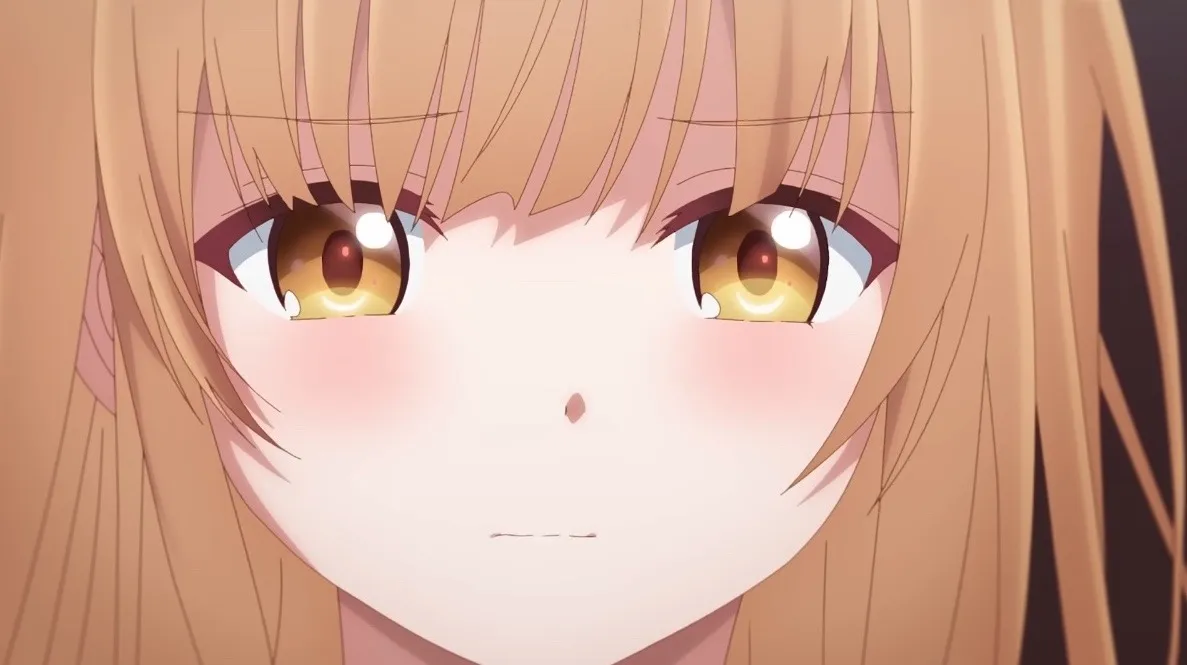
They were both attracted to one another but were being careful to conceal their emotions, so they quickly agreed to keep their connection strictly platonic. Mahiru should be commended for her honesty in her feelings for Amane. She repeated again and over that only Amane was allowed to touch her. She told him he had good taste and that he should be pleased with himself.
She cared deeply about his emotions and let him know how she felt when he misread her clues. When Amane failed, Mahiru would squash and pound the poor couch cushion. His constant looks of shock anytime Mahiru came close were priceless.
Amane’s reticence and wariness are understandable, considering his past. Despite your disagreement with his romantic affection for Mahiru, you may find him to be a likeable guy due to his reliability, loyalty, and honesty.
44. Toradora!
In general, Toradora is rife with ironic undertones. It’s meant to be funny, therefore it is. The show sometimes becomes serious, but such moments are so rare that the vast majority of the time, it just goes completely off the rails. The show’s creators, J.C. Staff, are experts in unconventional plot structures. Although it may be impossible to predict what will happen in the next episode, the episodes do follow a loosely linked plot arc.
Ryuuji is the show’s central character. He has the face of a little kid but the eyes of a serial killer. In reality, he is a huge teddy bear. During the first part of the performance, he accomplishes very little that stands out. Rather than focusing on him, attention should be given to the other characters that interact with him.
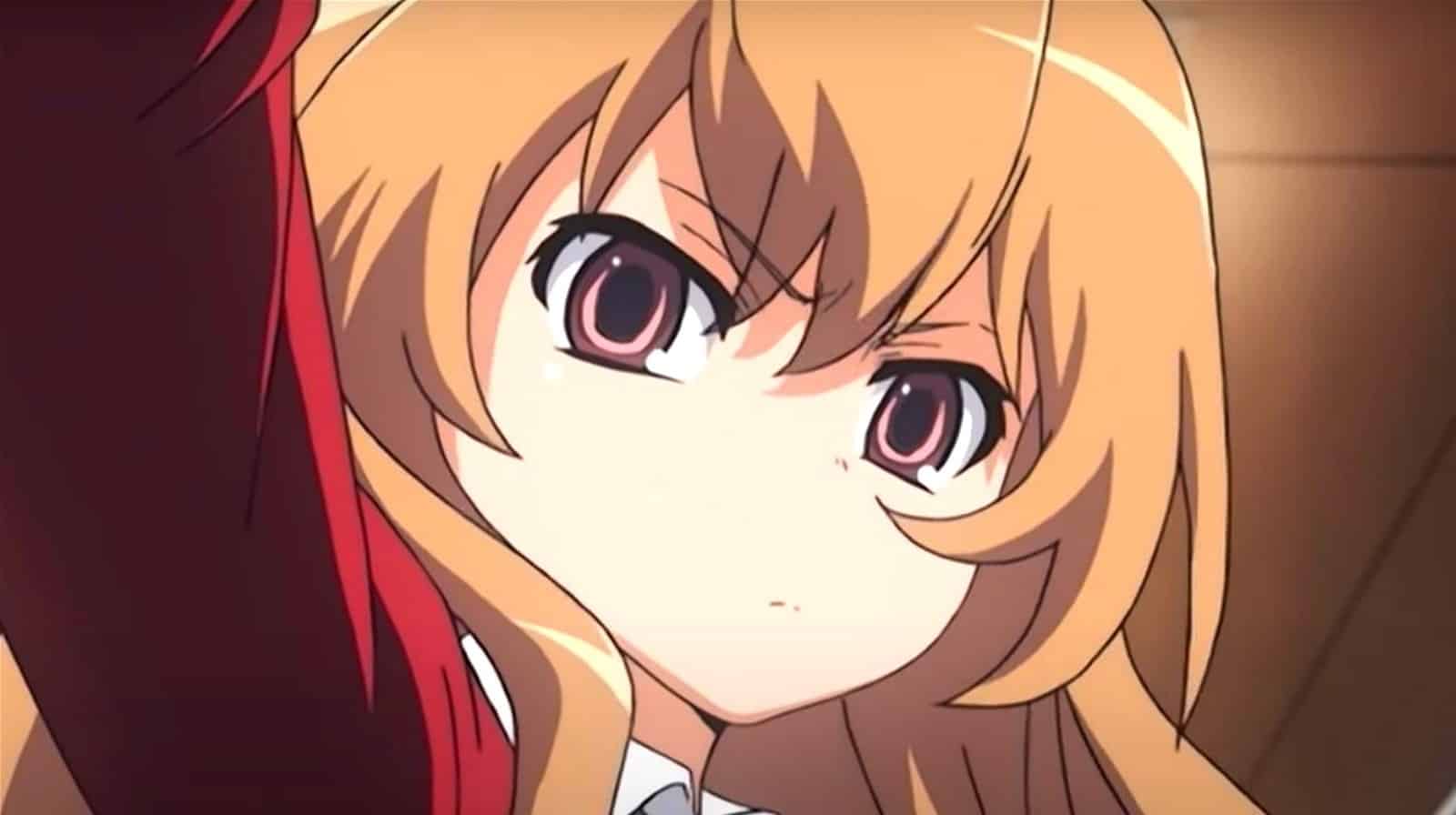
The fundamental weakness of Toradora is, however, its abrupt change in tone. The show’s tone shifts dramatically toward romance after a primarily comic first half, namely around episode 17. The show’s rapid change in tone has a detrimental effect on a few major players and takes some getting used to.
To me, Toradora emulated Clannad by starting out lightheartedly before settling into a more somber body of work. This show didn’t give us enough time to adjust to the new tone. While not fatal, it nonetheless has the potential to take people by surprise.
43. Outbreak Company
Outbreak Company presents an unconventional fusion of harem, comedy, and parody anime, chronicling the protagonist’s unconventional mission to introduce otaku culture to a fantasy world devoid of its existence.
The premise of beginning on what seems like a futile and absurd endeavor serves as the comedic backbone of the series, which unapologetically revels in its own absurdity.
At the heart of Outbreak Company lies Shinichi, a fervent missionary for otaku culture in a world utterly disinterested in his passion.
This resonates deeply with otaku viewers who can empathize with a protagonist driven by the desire to share their adoration for a beloved fictional universe. Indeed, the series’ greatest strength lies in its relatability, as it unabashedly celebrates geekiness and validates the passion of its audience.
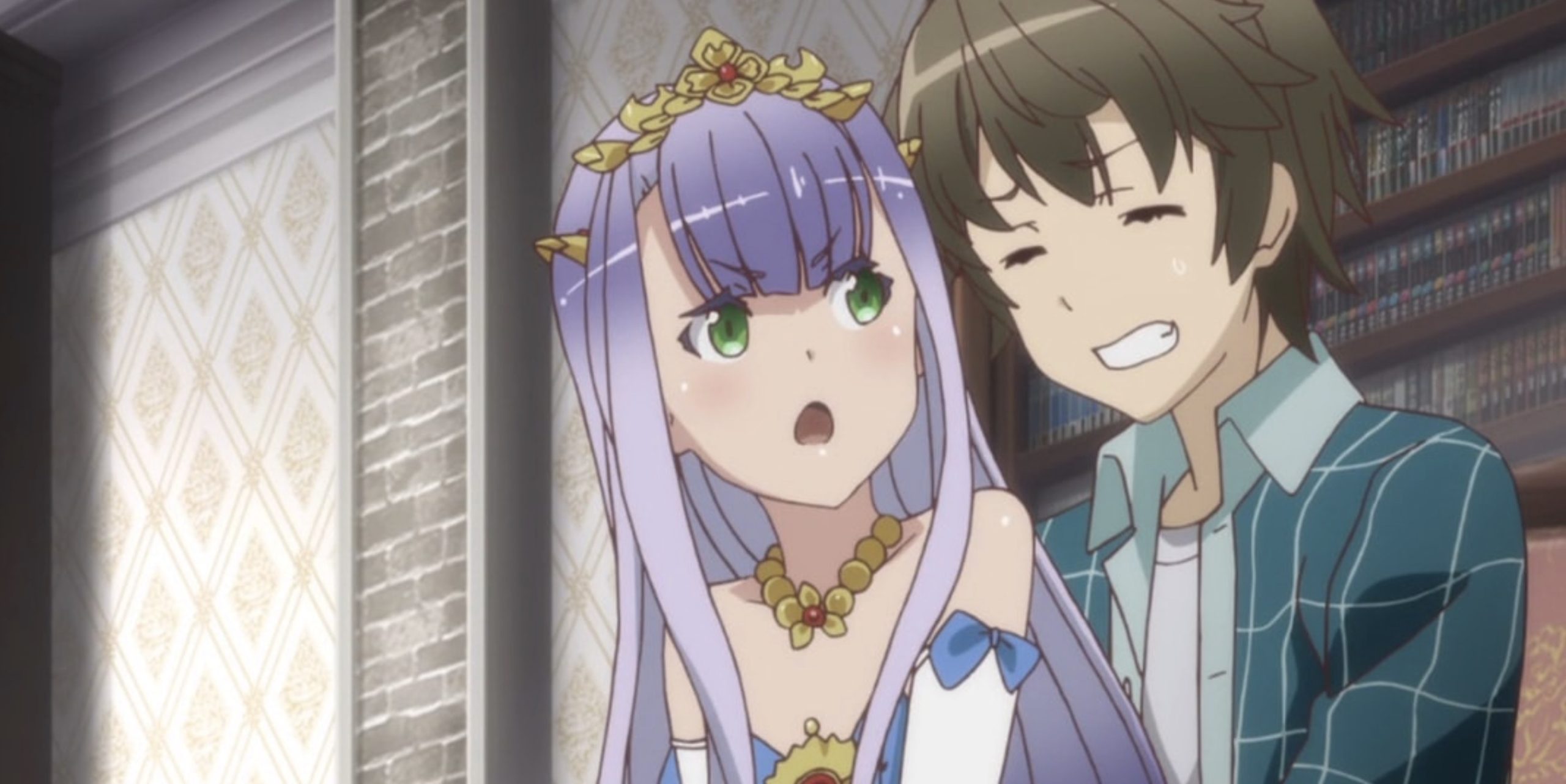
Shinichi Kanou, a reclusive otaku immersed in anime, manga, and video games, finds his life taking an unexpected turn when he is offered a job opportunity due to his extensive knowledge of Japanese pop culture.
However, before he can even meet his new employer, Shinichi is unexpectedly abducted and transported to an alternate world with a fantastical setting.
To his astonishment, Shinichi learns that he has been chosen by the Japanese government to play a pivotal role in improving diplomatic relations with this mysterious world.
Tasked with establishing a company to introduce the unique products of Japanese anime culture to this unexplored market, Shinichi must investigate the unfamiliar terrain of international diplomacy while leveraging his passion for otaku culture to bridge the gap between worlds.
With his newfound responsibility and the fate of two worlds resting on his shoulders, Shinichi begins on a journey filled with challenges and opportunities as he strives to build connections, foster understanding, and forge a path toward mutual prosperity and cooperation.
As he goes deeper into this extraordinary venture, Shinichi discovers that the bonds forged through shared interests and cultural exchange hold the key to building a brighter future for all.
42. KamiKatsu: Working For God In A Godless World
In the isekai anime, 2023 proved to be a commendable year, with standout titles such as The Eminence in Shadow and Mushoku Tensei seizing the spotlight.
Additionally, series like The Most Heretical Last Boss Queen, Why Raeliana Ended up at the Duke’s Mansion, and Campfire Cooking in Another World with My Absurd Skill showcased considerable merit and could arguably be considered underrated gems.
However, KamiKatsu merits special mention, albeit with a caveat of a higher entry barrier.
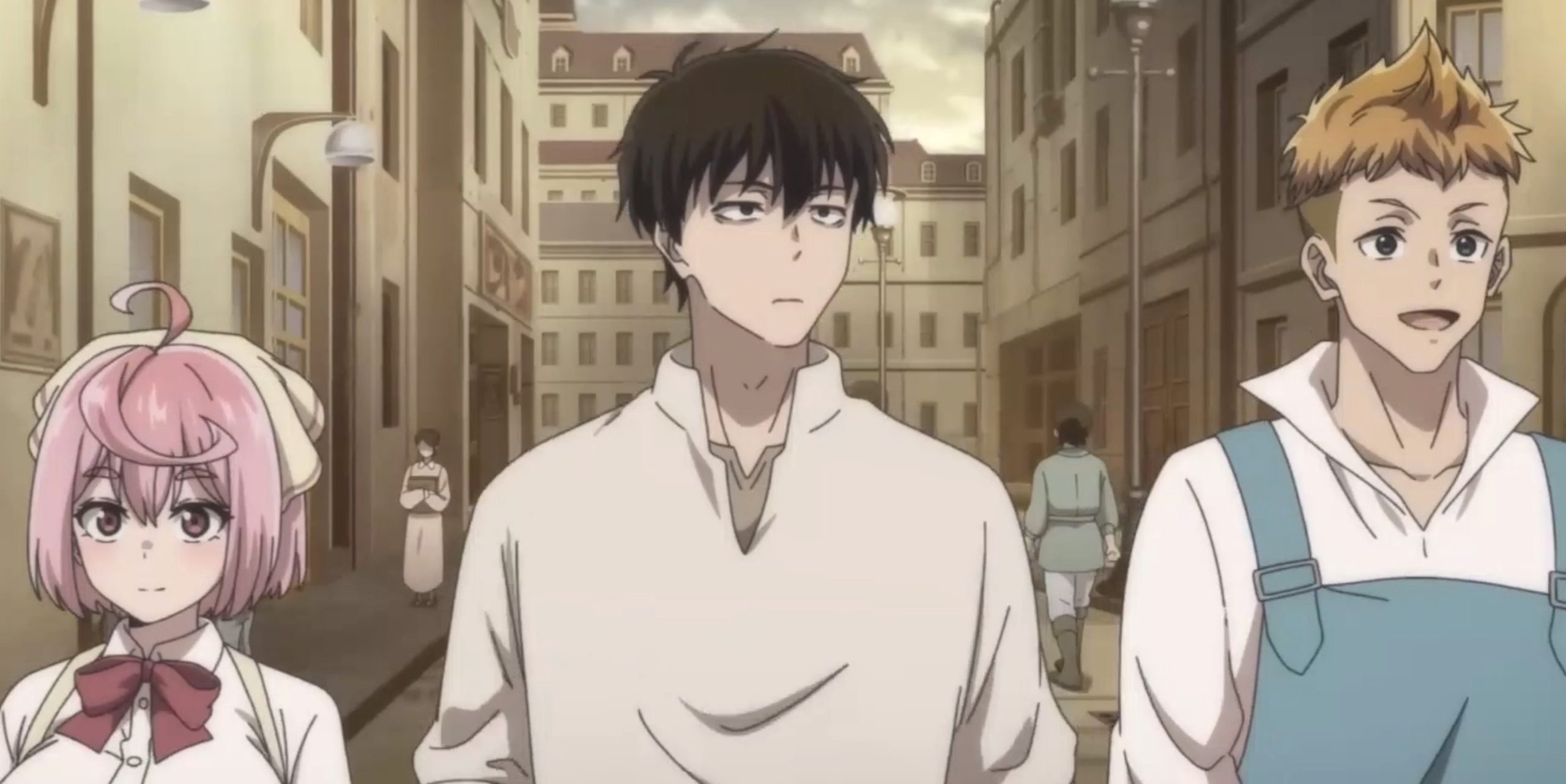
KamiKatsu, produced by Studio Palette, initially presents a perplexing impression with its utilization of subpar CGI animation—an artistic and comedic choice that may strike viewers as off-putting at first glance.
However, as the series proceeds over subsequent episodes, it becomes apparent that KamiKatsu boasts a distinct and eccentric sense of humor, progressively escalating into worlds of absurdity and derangement.
Ultimately, this anime epitomizes an acquired taste, but those who find themselves drawn to its peculiar charm are likely to develop a deep affinity for it.
41. Ascendance Of A Bookworm
Ascendance of a Bookworm may not feature the grandeur of epic tales or the adrenaline-fueled excitement of typical anime premises, but its focus on a child’s journey to learn how to read sets it apart in a niche of its own. While its premise and deliberate pacing may deter some viewers, those willing to go into its narrative are in for a truly wonderful experience.
What makes Ascendance of a Bookworm stand out is its commitment to sharing the protagonist’s entire journey without cutting corners.
Unlike many series in the genre, it doesn’t rely on the typical power fantasy tropes; instead, it respects the world its protagonist inhabits, allowing it to serve as a rich backdrop for her growth and development.
For viewers seeking a unique and underappreciated isekai, Ascendance of a Bookworm is a hidden gem worth discovering.
The tale revolves around Urano Motosu, a college student with an insatiable love for books, whose life takes a tragic turn when she is fatally crushed beneath a mountain of her beloved volumes during an earthquake.
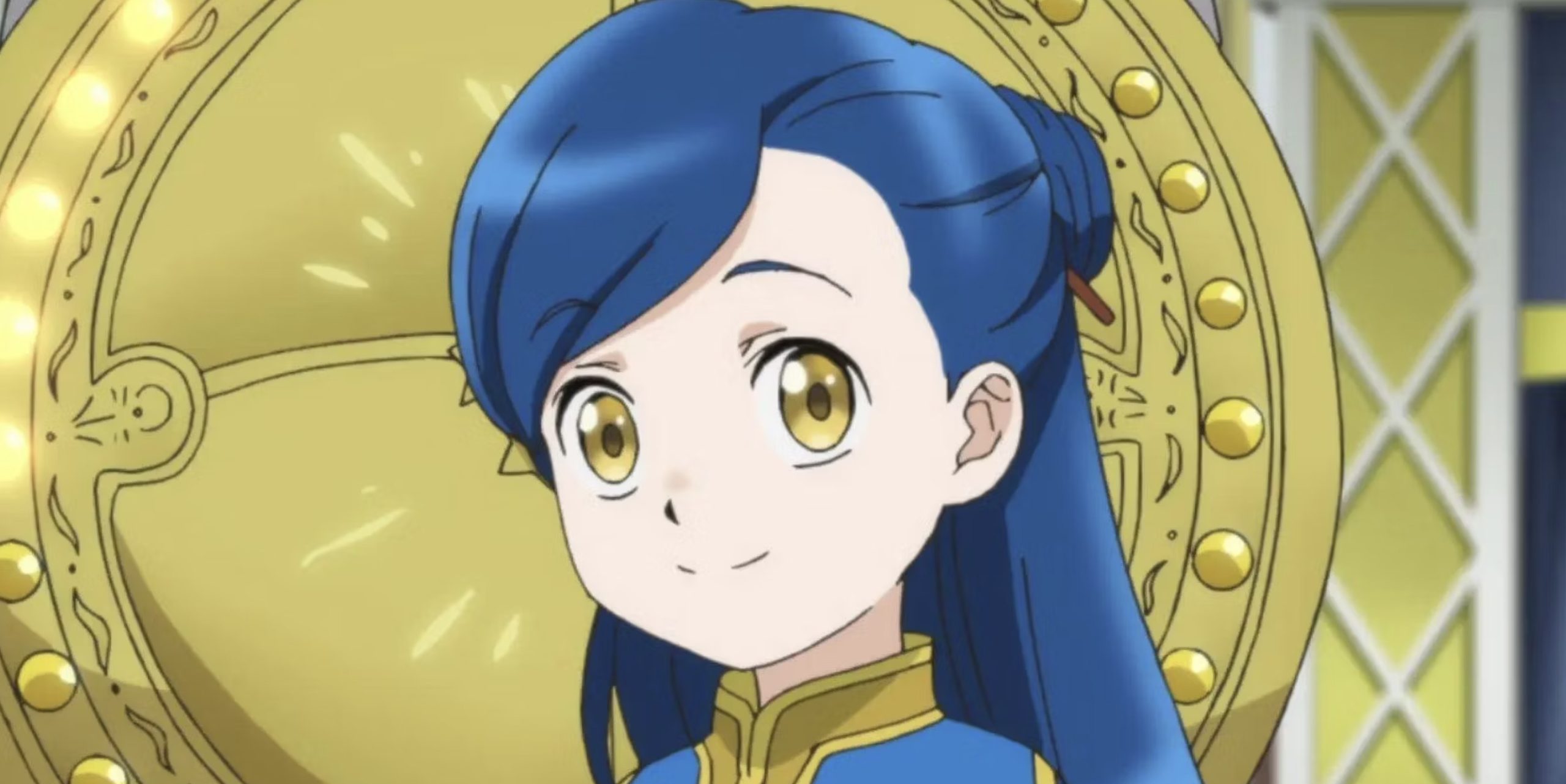
In her final moments, she fervently wishes for a chance to be reborn in a world where she can indulge in her passion for reading for eternity.
Miraculously, Urano’s wish is granted as she awakens in the frail body of a five-year-old girl named Myne in a world where books are a luxury reserved for the privileged few. Armed with the memories of her previous life, Myne resolves to overcome this scarcity and fulfill her longing for literature by creating and printing her own books.
Driven by her unwavering determination, Myne sets out on a quest to realize her dream, investigating the challenges of her new reality while harnessing her ingenuity and resourcefulness to bring her vision to fruition. Along the way, she encounters allies and adversaries alike, each shaping her journey in unexpected ways.
As Myne perseveres against all odds to craft a world where books are accessible to all, she discovers the transformative power of knowledge and the boundless potential of the written word.
Through her unwavering resolve and indomitable spirit, Myne begins on a quest that transcends the boundaries of time and space, leaving an indelible mark on the hearts and minds of those she encounters along the way.
40) Death Note
When high school student Light Yagami discovers a mysterious notebook that grants him the power to kill anyone whose name he writes in it, he sets out on a quest to get rid of criminals and create a utopian society under his rule.
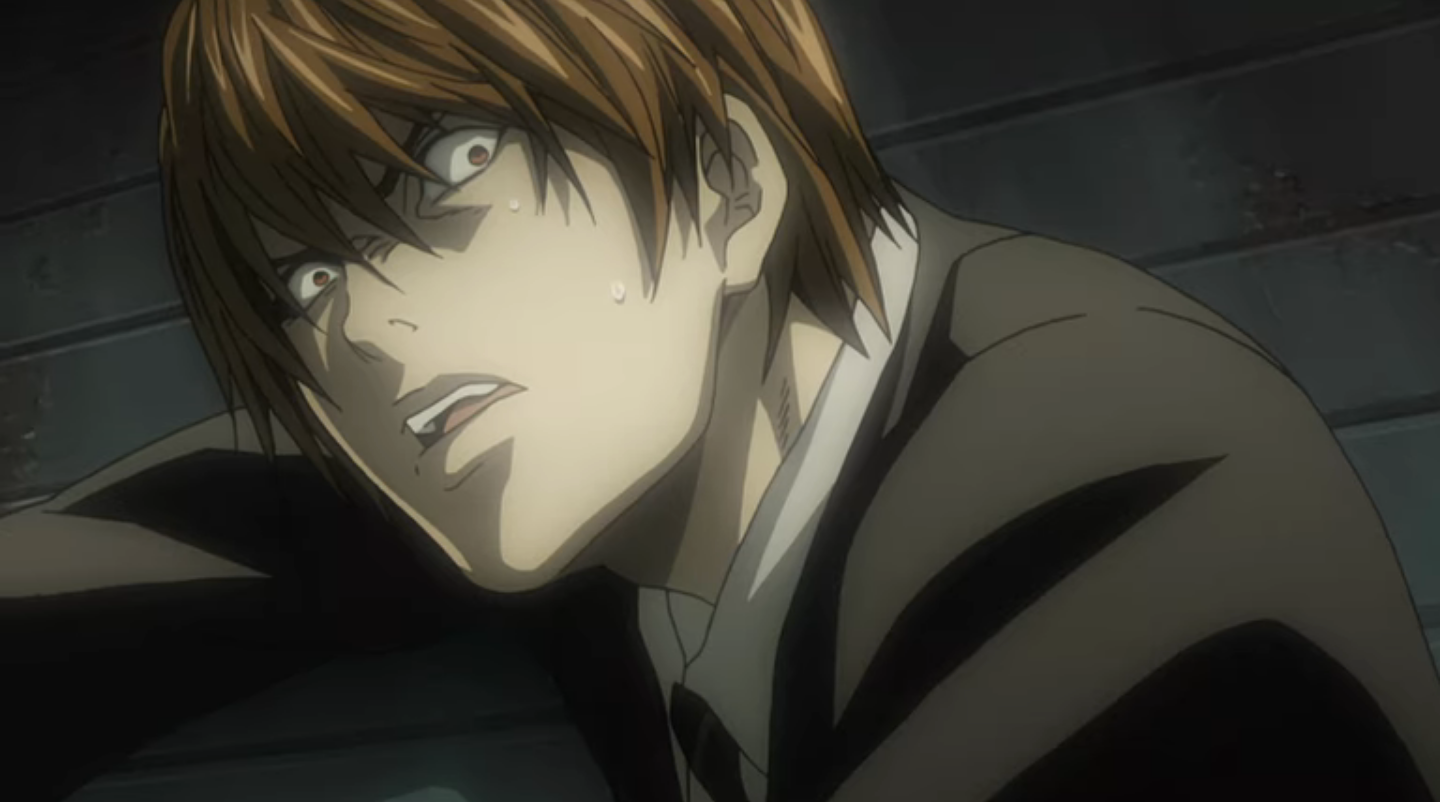
However, his actions attract the attention of the detective L, leading to a deadly game of cat and mouse.While praised for its compelling narrative, criticized for its glorification of morally ambiguous characters and portrayal of justice as a means to achieve personal gain.
The series has been accused of romanticizing violence and manipulation, raising ethical concerns about the consequences of wielding power without accountability.
39) High School DxD
Issei Hyoudou, a perverted high school student, is killed on his first date and reincarnated as a devil by a beautiful senior named Rias Gremory. As a member of the Occult Research Club, Issei deals with angels, demons, and fallen angels while honing his skills as a devil and forming relationships with his fellow club members.
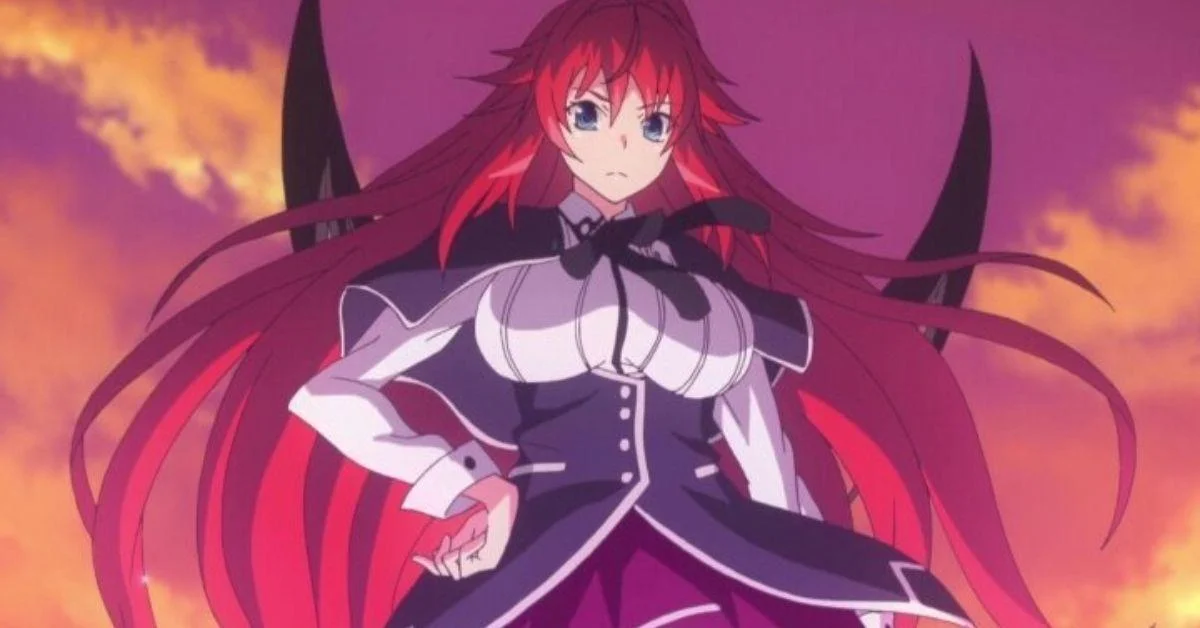
This Anime is known for its shallow characterization and reliance on ecchi tropes, criticized for its objectification of female characters and promotion of sexual harassment for comedic effect.
The series has been accused of perpetuating harmful stereotypes and reinforcing toxic masculinity, particularly through its portrayal of male protagonists as sexually aggressive and entitled.
38) Mirai Nikki
Yukiteru Amano, a shy high school student, discovers he has been chosen as a participant in a deadly survival game where individuals known as diary holders use their future-seeing diaries to eliminate each other.
Teaming up with the mysterious Yuno Gasai, who harbors a dangerous obsession with him, Yukiteru must fight to survive and uncover the truth behind the game’s sinister purpose.
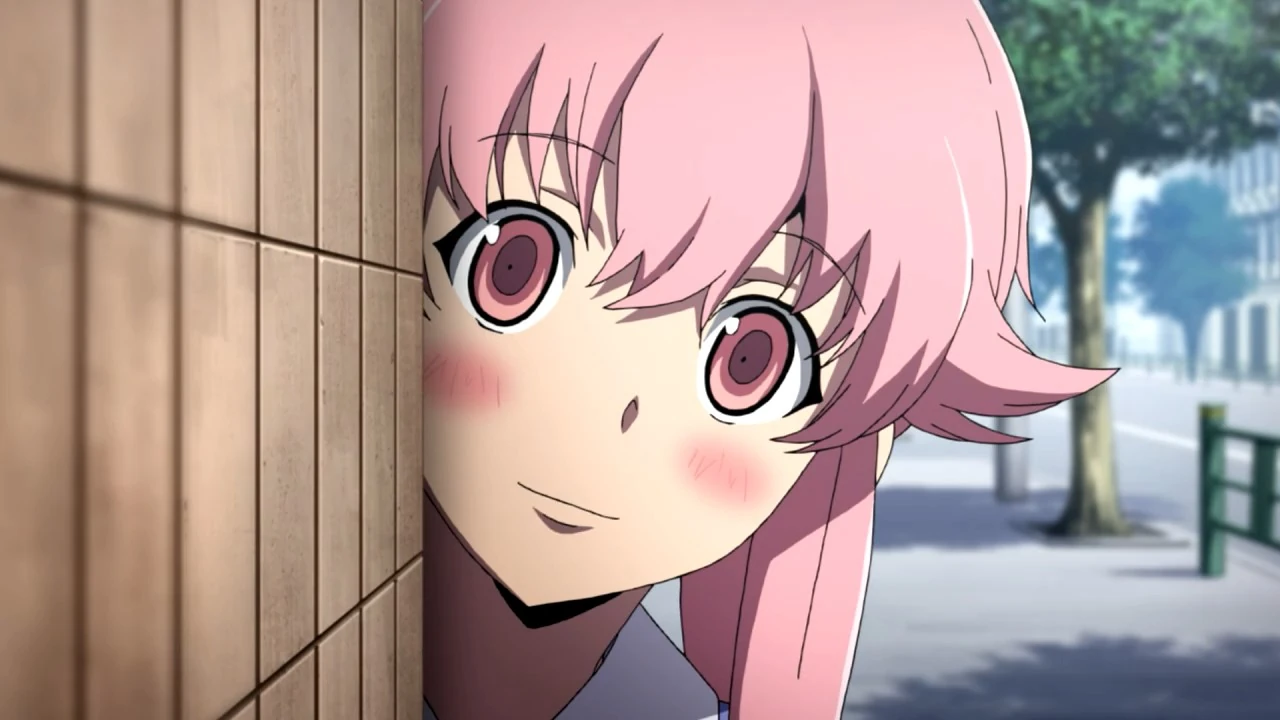
This Anime has been criticized for its gratuitous violence and romanticization of toxic relationships, particularly the portrayal of abusive behavior as romantic and desirable. The series has been accused of glorifying manipulation and control in relationships, perpetuating harmful stereotypes about love and power dynamics.
37)No Game No Life
Siblings Sora and Shiro, known as Blank, are undefeated gamers who are transported to of Disboard, where all conflicts are resolved through games. Determined to conquer this new area and challenge the godlike entity Tet, they set out on a journey filled with strategic battles, mind games, and unlikely alliances.
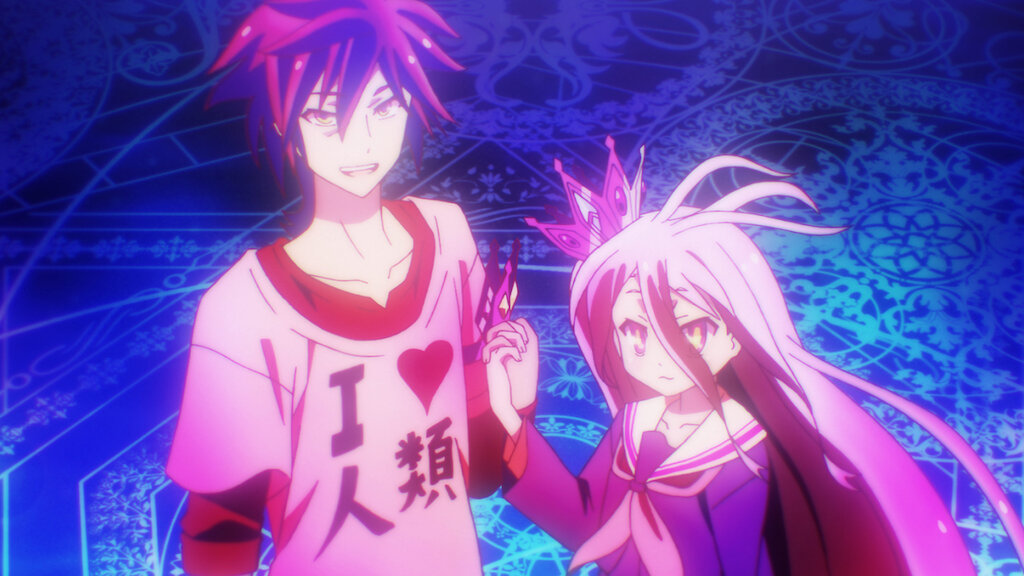
This Anime draws controversy for its sexualized themes and portrayal of underage characters in suggestive situations, normalizing inappropriate relationships and fetishization of youth.
The series has been criticized for its objectification of female characters and promotion of sexualized content, particularly through its use of fan service and suggestive imagery.
36. High School Prodigies Have It Easy Even In Another World
What do a magician, multi-millionaire, genius inventor, swordswoman, Prime Minister, doctor, and journalist/former ninja all share in common? They comprise a group of seven high school prodigies who find themselves unexpectedly thrust into a medieval fantasy world following a plane crash.
High School Prodigies Have It Easy Even in Another World might boast a peculiar premise, but its execution is remarkably well-crafted, boasting top-notch animation, amazing music, and compelling writing.
While these prodigies excel in their respective fields on Earth, the real intrigue lies in how their expertise will serve them in a world governed by swords and magic. Answering this question forms the crux of the series’ narrative.
The series unfolds around a remarkable ensemble of seven high school students, each renowned globally for their extraordinary talents.
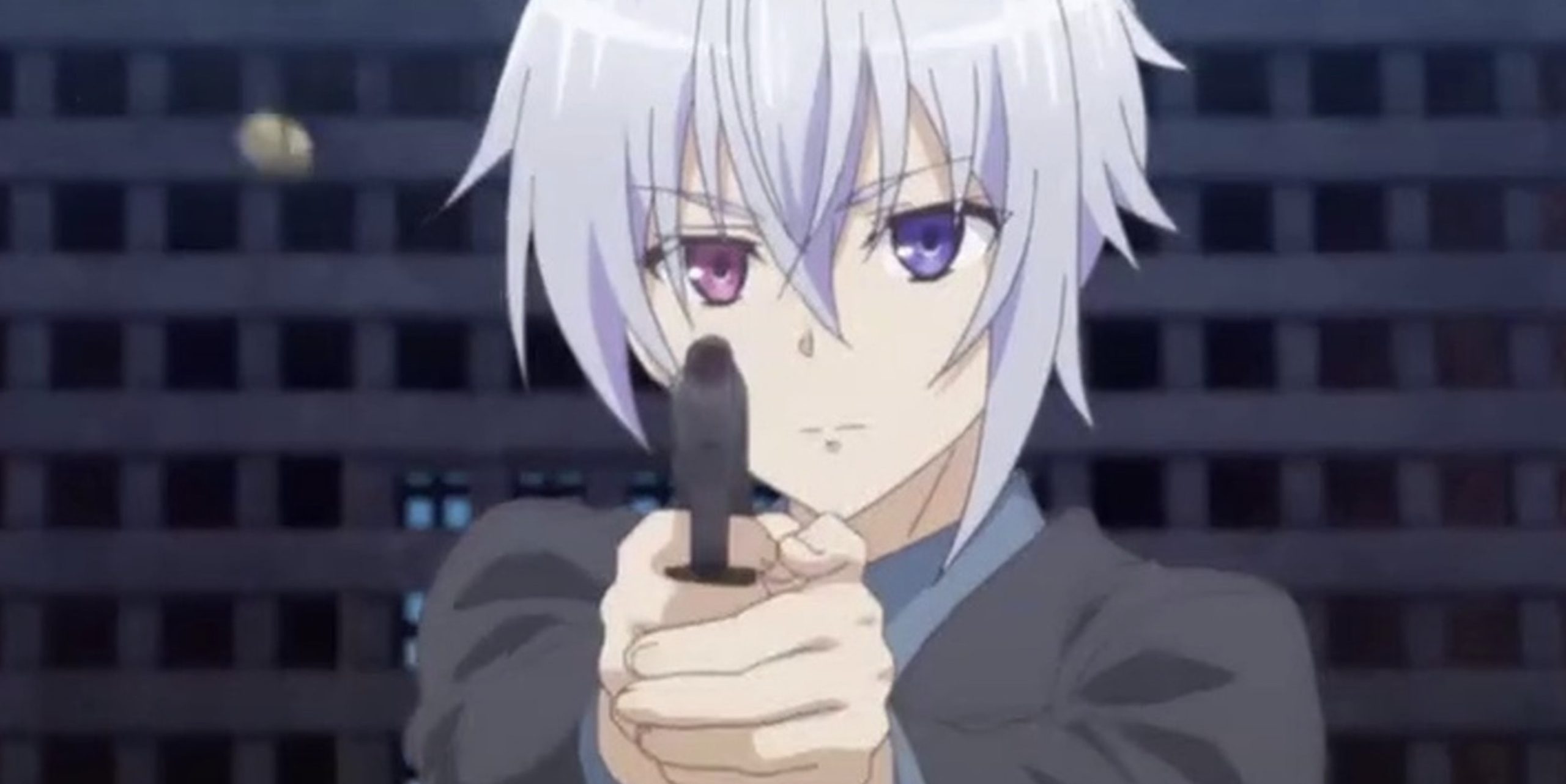
Among them are Prime Minister Tsukasa Mikogami, the brilliant inventor Ringo Ohoshi, the former ninja turned journalist Shinobu Sarutobi, the esteemed physician Keine Kanzaki, the skilled swordswoman Aoi Ichijo, the adept magician Prince Akatsuki, and the affluent businessman Masato Sanada.
Their lives take an unexpected turn when they miraculously survive a plane crash, only to find themselves transported to the medieval fantasy Freyjagard.
In this world, two distinct human races coexist within a feudal society: the Byuma, possessing animalistic traits and formidable strength, and the Hyuma, endowed with limited magical abilities.
Rescued by a compassionate Byuma named Winona and her adopted Elven daughter Lyrule, the group resolves to repay their debt to Elm Village by leveraging their advanced skills and knowledge to revolutionize the local culture and society.
As they immerse themselves in their new surroundings, the group unearths an ancient legend foretelling the defeat of an evil dragon by seven heroes from another world.
Sensing a connection to their own predicament, Tsukasa, the group’s leader, begins on a quest to unravel the mysteries of Freyjagard and uncover any clues that might lead them back to Earth.
However, their progressive ideals clash with the entrenched beliefs of the ruling Freyjagard Empire, which espouses state atheism and a social Darwinist doctrine favoring the dominance of the noble elite.
The Empire views the group’s innovations as a threat to their authority, sparking a conflict that culminates in the Seven Prodigies’ bold endeavor to establish a new nation founded on principles of equality, democracy, and justice for all.
35. Brave Story
Gonzo’s Brave Story, a forgotten gem from the mid-2000s, begins on an isekai adventure following a young boy’s journey into the mystical Vision.
His aim? To alter the course of his family’s troubled life, which has recently taken a dire turn, prompting the innocent and kind-hearted boy to seek change from an unexpected source.
While Brave Story presents a compelling narrative, it falls just short of reaching excellence, mainly due to the challenge of condensing a lengthy story into a mere two-hour film adaptation.
Despite some dated CGI, Gonzo’s animation remains commendable, and the main characters undergo significant growth and development throughout the tale.
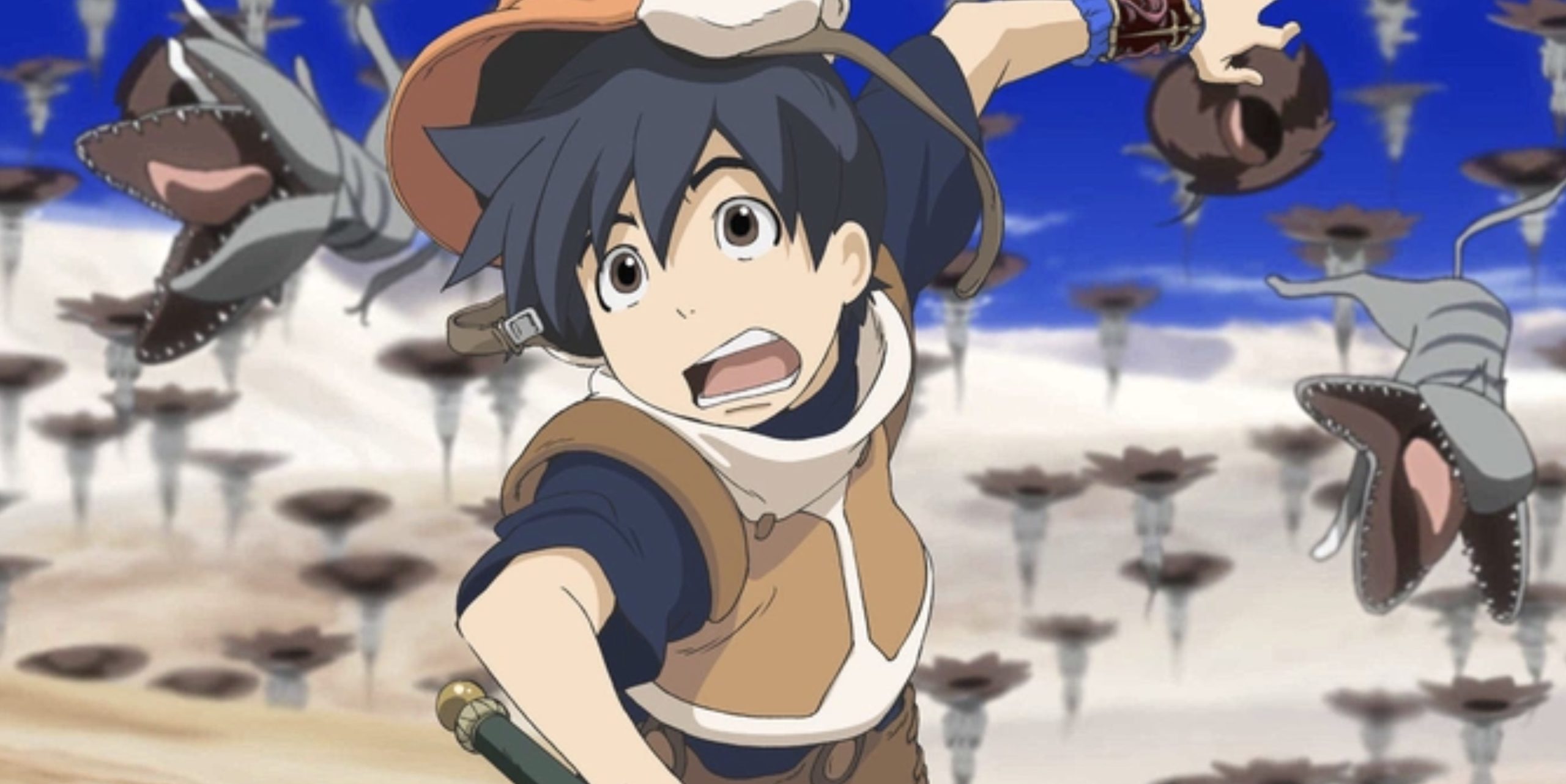
Wataru Mitani’s life takes an unexpected turn when a new student, Mitsuru Ashikawa, joins his school. Meanwhile, rumors swirl about the Daimatsu building, rumored to be haunted by a ghost. Curiosity piqued, Wataru follows an old man into the abandoned building and stumbles into the mysterious Vision.
In Vision, Wataru learns of the Porta Nectere, a portal opening once every decade, granting access to those deemed Travelers by the gatekeeper. Despite being warned of memory loss upon return, Wataru finds himself drawn to Vision after witnessing his parents’ impending divorce and his mother’s attempted suicide.
Guided by the Wayfinder, Wataru begins on a quest to collect five gemstones, each imbued with unique qualities. Along the way, he encounters allies and adversaries, facing challenges that test his courage, faith, and compassion.
Through his journey, Wataru grapples with his own identity and learns valuable lessons about himself and the world around him. Ultimately, he discovers that true change begins from within as he confronts his fears and embraces his destiny with newfound understanding and resolve.
34. El Hazard: The Magnificent World
El Hazard, an OVA series spanning two seasons, may not always reach the heights of greatness, but it consistently delivers entertainment. The tumultuous relationship between Makoto and Jinnai, fueled by jealousy, takes center stage as the two students are unexpectedly whisked away to a magical world during a confrontation at school, accompanied by two others.
The core of El Hazard lies in its delightfully absurd and over-the-top antics.
While its humor may not resonate with everyone, the show’s comedic moments often hit the mark, provided viewers are willing to embrace its unabashedly “1990s” style. Though somewhat elusive in today’s plot, this underrated isekai anime is a hidden gem worth discovering if stumbled upon.
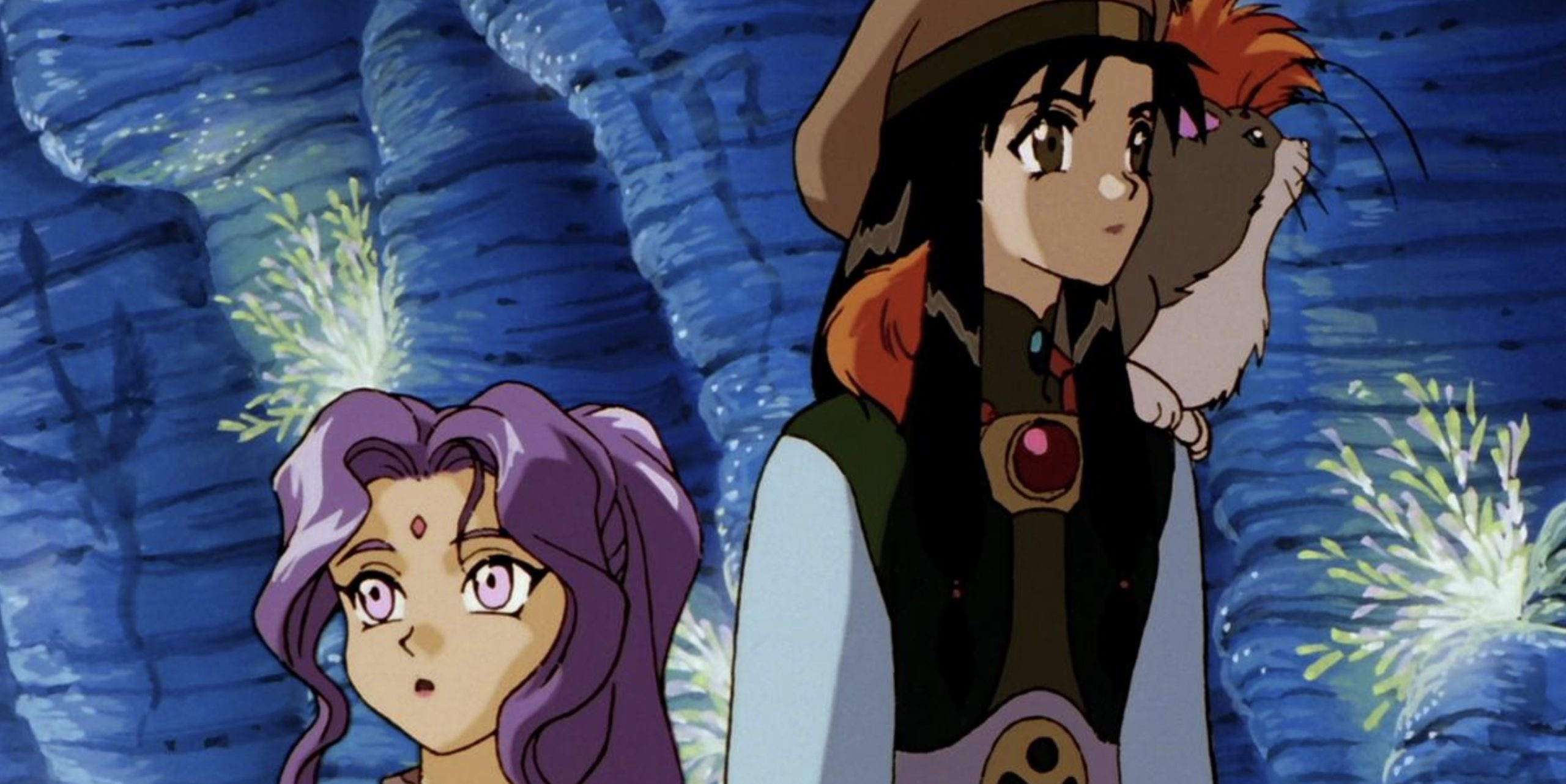
The tale unfolds around three high school students, Makoto Mizuhara, Katsuhiko Jinnai, and Nanami Jinnai, along with their History teacher, Masamichi Fujisawa. Their ordinary lives take a fantastical turn when they are inexplicably whisked away to the enchanting El-Hazard.
Upon their arrival, they are thrust into the midst of a brutal conflict raging between the human nations and the insectoid Bugrom tribe. Caught in the crossfire of this epic struggle, they must investigate the treacherous El-Hazard while grappling with their newfound roles in this unfamiliar world.
As they strive to find their bearings and forge alliances amidst the chaos of war, Makoto, Katsuhiko, Nanami, and Masamichi uncover the secrets of El-Hazard and begin on a journey fraught with peril and discovery. Together, they must investigate the intricate politics and ancient rivalries that threaten to tear the world apart, all while searching for a way back to their own world.
33. Kakuriyo: Bed & Breakfast For Spirits
The perspective on whether the gift of seeing spirits is a boon or a bane varies greatly depending on the tale. For college students, Aoi is a blend of both worlds.
While passing by a shrine, she encounters a spirit who requests food. Kind-hearted Aoi obliges, only to find herself whisked away by the spirit, revealed to be an Ogre named Odanna, to the Hidden Realm where spirits reside.
In this world, Aoi discovers that her grandfather has incurred a debt to the Ogre, and Odanna intends to claim Aoi as his bride to settle the debt. However, Aoi negotiates with the Ogre, persuading him to allow her to work at his inn instead.
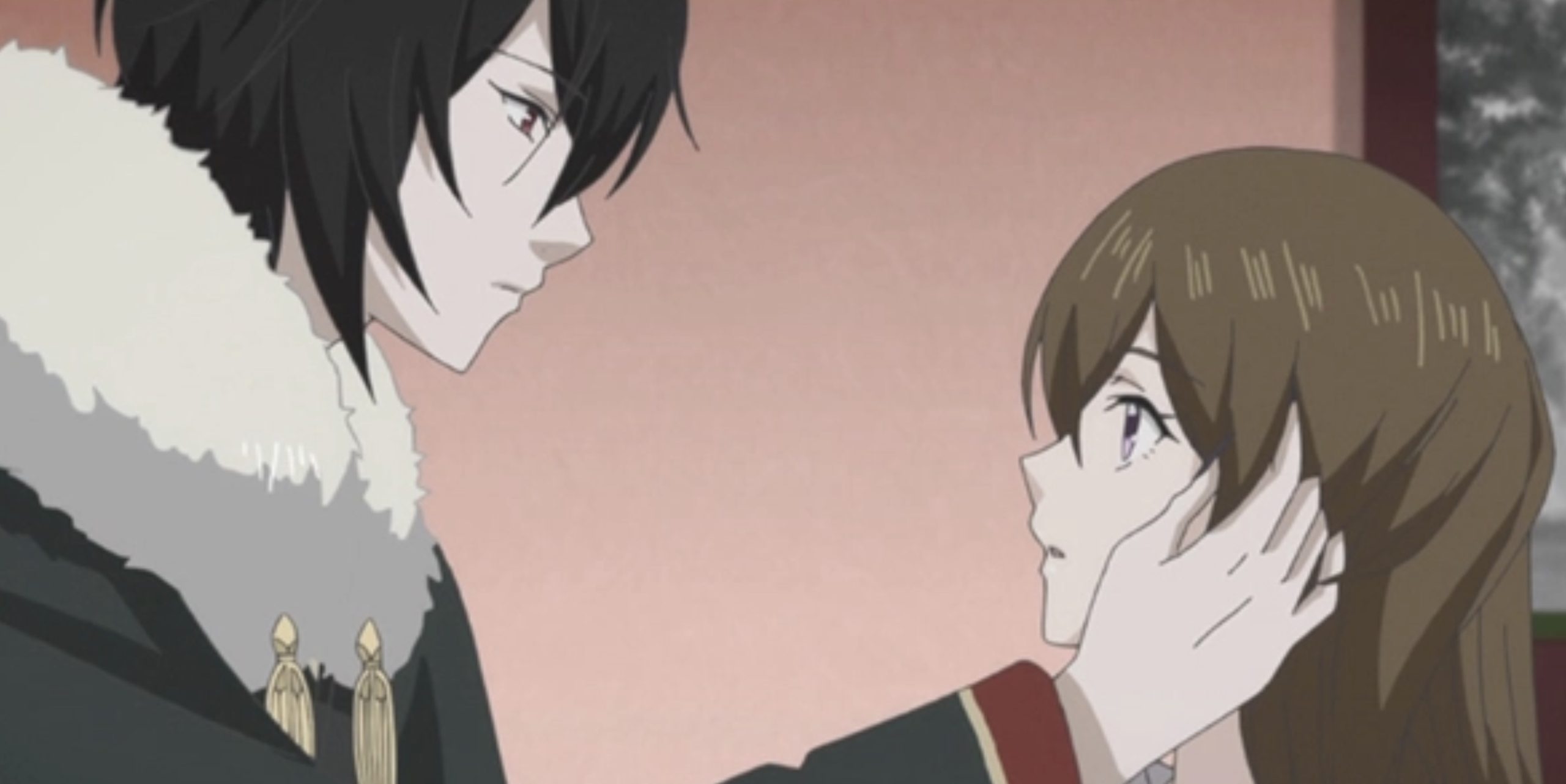
While Kakuriyo: Bed & Breakfast for Spirits may not go into the intricate depths of a psychological anime, it still stands out as one of the premier isekai offerings available.
Aoi Tsubaki, a college student with the unique ability to see Ayakashi, begins on an unexpected journey when she encounters an Ogre named Odanna at a torii shrine. Hungry for sustenance, the Ayakashi kidnaps Aoi, revealing that her grandfather owed him a debt. In exchange for the debt repayment, Odanna demands marriage from Aoi.
Refusing to succumb to fate’s whims, Aoi strikes a bargain with the Ogre, proposing to work at his inn, the Tenjin’ya, instead. Determined to carve her own path in the Hidden Realm, Aoi investigates the challenges of her new surroundings, forging unlikely alliances and unraveling the mysteries of her grandfather’s past. Through courage and resilience, she endeavors to shape her destiny amidst the Ayakashi.
32. Restaurant To Another World
During most days of the week, Tokyo’s Nekoya restaurant operates as a bustling yet unassuming eatery. However, on Saturdays, it opens its doors to customers from other worlds.
For enthusiasts of food anime seeking a more tranquil and soothing experience compared to the intensity of series like Food Wars, Restaurant to Another World is the perfect choice.
Blending elements of both food and isekai anime, the series offers a delightful exploration of mythical creatures venturing to Earth to savor the delectable dishes crafted by humans in the kitchen.
In true slice-of-life fashion, Restaurant to Another World eschews extravagant action sequences in favor of fostering a cozy atmosphere filled with heartwarming wholesomeness.
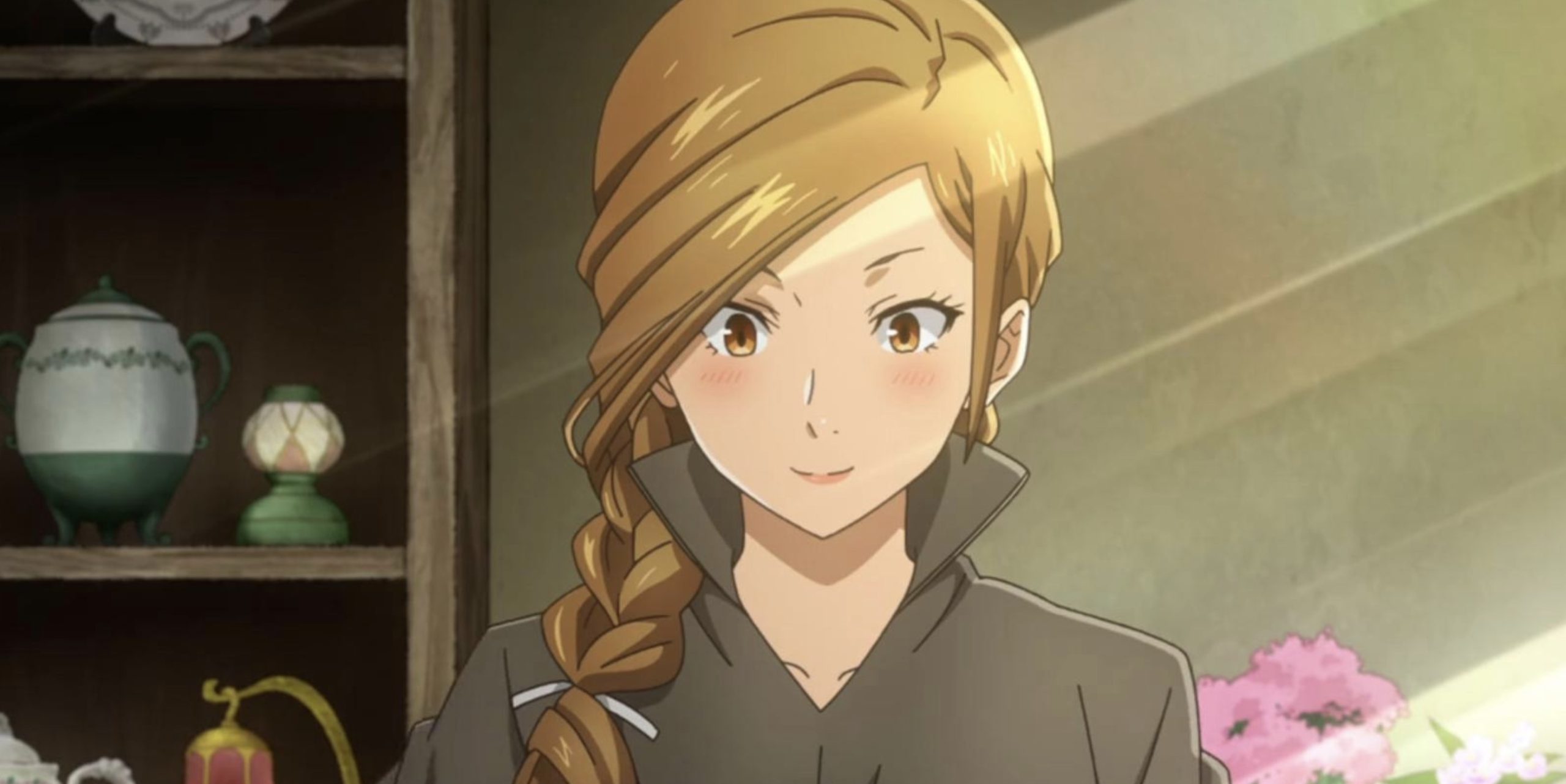
The Western Restaurant Nekoya is a hidden gem nestled in the unassuming streets of Tokyo, offering a tantalizing array of Japanese twists on classic Western dishes. Operating during the bustling weekdays, it caters to the city’s hardworking denizens, providing a haven of culinary delights amid their busy lives.
However, there’s more to Nekoya than meets the eye. Behind its unassuming facade lies a secret that transforms the restaurant into a gateway to another world every Saturday. As the doors open to reveal a world inhabited by elves, dragons, and beastmen, these fantastical creatures flock to Nekoya to savor its exotic fare, becoming regular patrons enchanted by its unique offerings.
Yet, Nekoya is more than just a purveyor of food; it serves as a nexus where relationships are nurtured, inspirations are kindled, and solace is found for the downtrodden. Amidst the aroma of sizzling dishes and the clinking of glasses, bonds are forged between patrons from different worlds, each finding solace and camaraderie within the welcoming embrace of the restaurant.
Through its doors, Nekoya offers not only a culinary journey but also a sanctuary where the barriers between worlds dissolve, fostering understanding, compassion, and unity among its diverse clientele. As the sun sets on another Saturday in Nekoya, its patrons depart, their bellies full and their spirits uplifted, eagerly anticipating the next magical rendezvous at this extraordinary establishment.
31. Grimgar: Ashes And Illusions
In the isekai, it’s customary for characters to assume roles as formidable warriors, adept spellcasters, or elusive thieves. Isekai settings often embrace exaggeration, placing realism on the back burner.
However, Grimgar: Ashes and Illusions takes a different approach. Here, characters don’t receive special powers or prestigious titles upon entering the new world. Instead, they must eke out a living as lowly soldiers in the army, battling to survive.
What sets Grimgar: Ashes and Illusions apart is its focus on the characters’ gradual emotional adaptation to their new reality rather than a grandiose struggle against a world-threatening villain.
By anchoring itself in this grounded approach, the series distinguishes itself as one of the finest examples of isekai anime.
The tale commences amidst a chaotic skirmish in a forest, where a group of inexperienced adventurers finds themselves overwhelmed by goblins. Forced into a hasty retreat, the party’s lack of skill becomes painfully evident.
Through a series of flashbacks, it is revealed that these individuals, likely hailing from modern Earth, inexplicably found themselves transported to this unfamiliar world mere weeks ago.
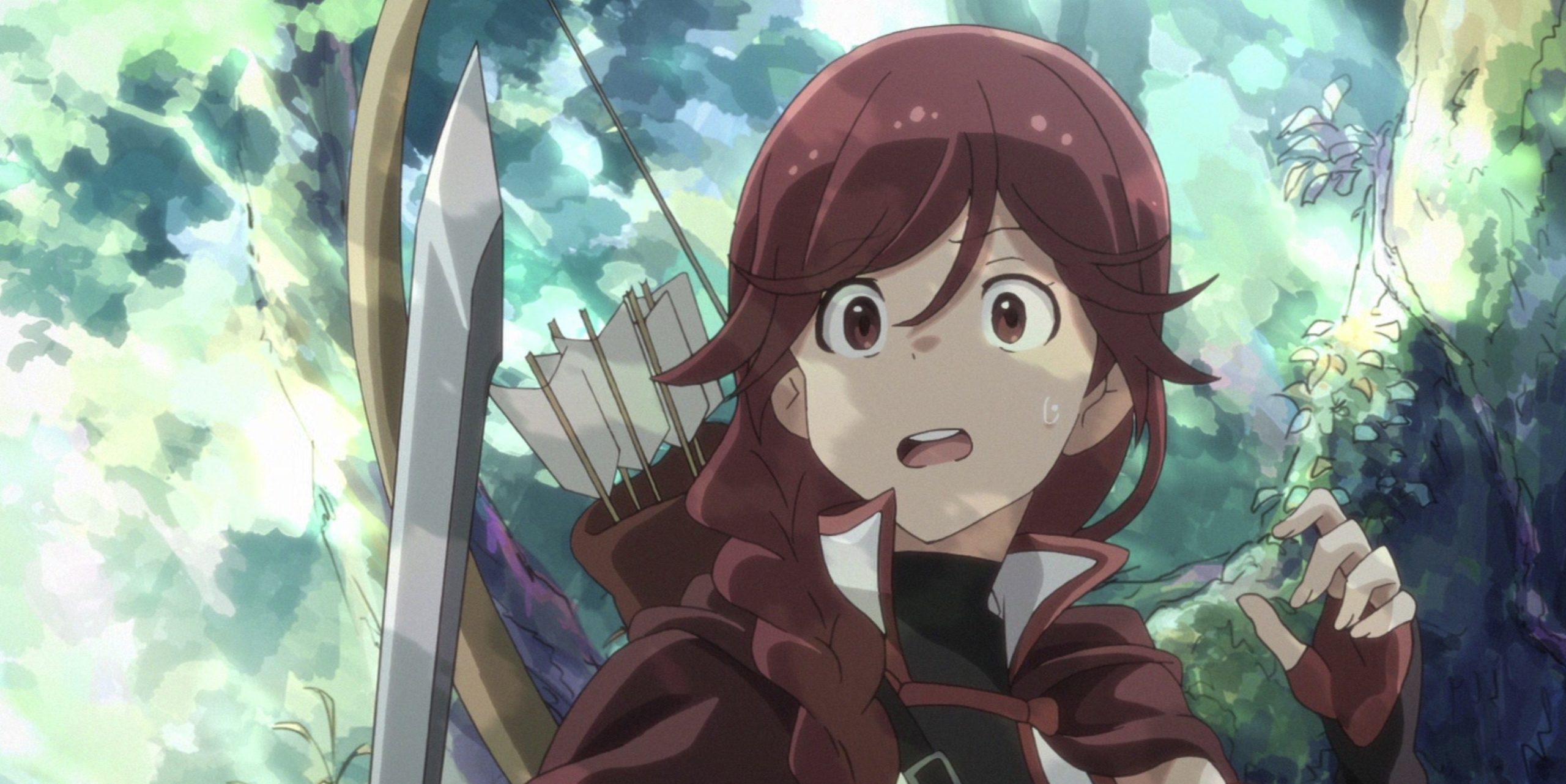
With no memory of their arrival and no alternative options, they are swiftly conscripted as Trainee Volunteer Soldiers by a figure known as Chief Britney. While some adapt to their new roles more readily than others, the main party is comprised of those who struggle to find their footing.
Under the leadership of Manato, the group bands together, joining class guilds and beginning on hunts for weaker monsters to bolster their strength and finances. Initially beset by difficulties, they gradually learn to cooperate and achieve moderate success, transitioning from the forest to a desolate city.
Tragedy strikes when Manato sacrifices himself to save his comrades from an ambush, leaving the mantle of leadership to the reluctant thief, Haruhiro. Devastated by their loss, the party fractures and mourns the loss of their steadfast friend, realizing too late the vital role he played in holding them together.
In the aftermath of their grief, the addition of a new Priest named Merry brings both healing and renewed determination. Initially withdrawn and haunted by her own past, Merry gradually forms bonds with Haruhiro and the party, albeit with lingering reservations.
With their ranks replenished, the party sets out to avenge Manato by confronting the goblin king in the ruins. Finding closure in their victory, they resolve to assist Merry in facing her own demons by venturing into the kobold-infested mines where her former party met their demise.
As the season draws to a close, Merry finds solace in leaving her past behind while the surviving heroes come to grips with the harsh realities of life and death in the Grimgar. Through trials and tribulations, they forge bonds of friendship and resolve to continue their journey together, ever mindful of the precariousness of their existence in this unforgiving world.
30. The Twelve Kingdoms
For aficionados of meticulous world-building, The Twelve Kingdoms stands out as an exceptional anime. As the title suggests, the series revolves around twelve distinct kingdoms, each characterized by its unique culture and governance.
While it may not embody the realism found in anime like Higehiro, The Twelve Kingdoms goes into its world with profound depth and richness.
What sets this series apart is its ability to create authentic and vibrant kingdoms that feel genuinely inhabited, a feat rarely achieved in other anime settings.
Moreover, The Twelve Kingdoms excels in character development, fearlessly delving into profound questions and exploring grand themes. Despite its dated animation, the power of the narrative and the complexity of the characters’ relationships remain undiminished. The Twelve Kingdoms exceeds expectations across the board.
Yoko Nakajima, a discontented high school student, is abruptly thrust into an extraordinary encounter when a mysterious man pledges his allegiance to her. Following a harrowing battle against demon-like creatures, she finds herself transported to another world alongside two of her classmates.
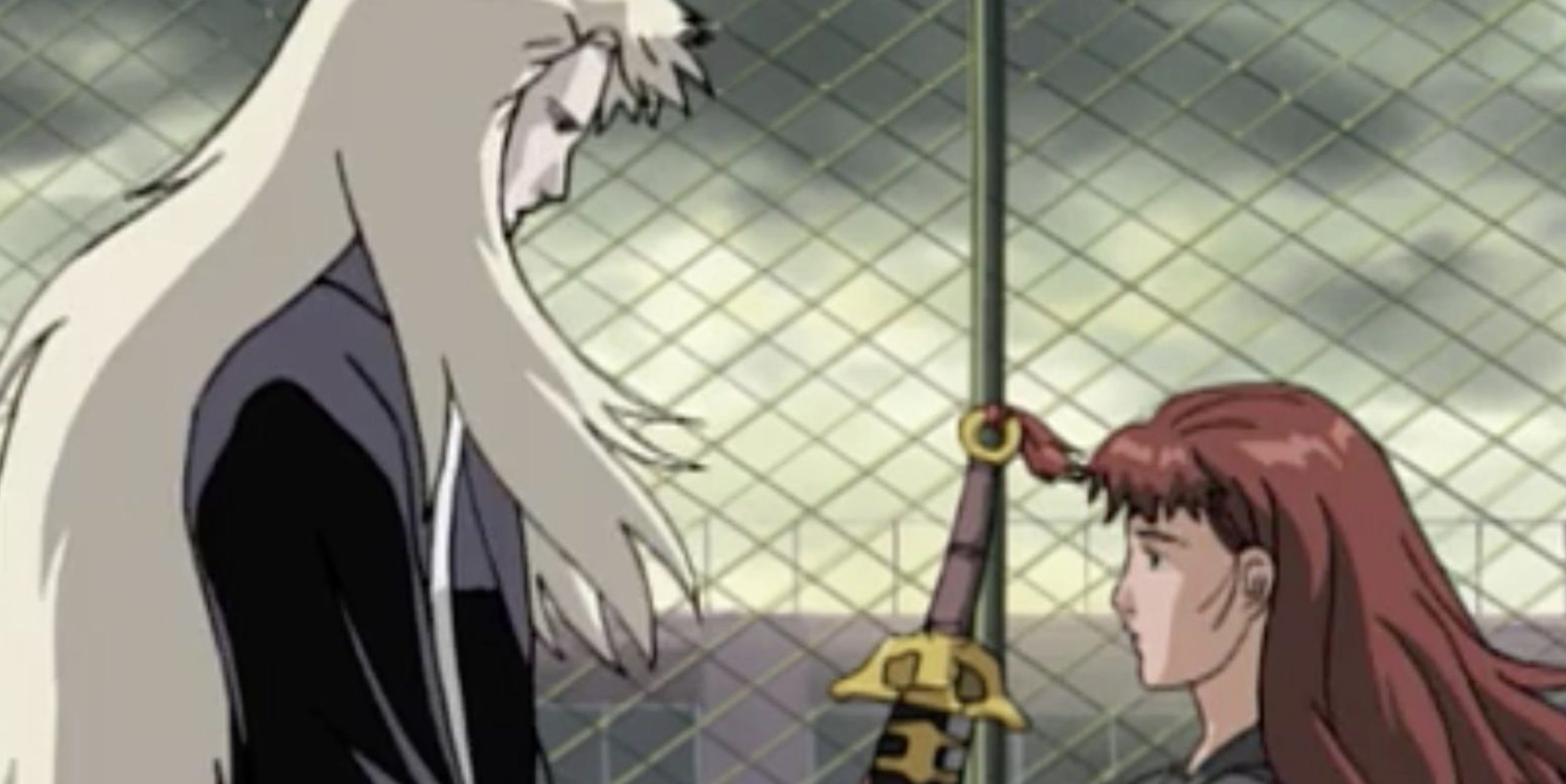
In this unfamiliar world, Yoko undergoes a physical transformation and gains the ability to comprehend the local language, setting her apart from her companions.
However, their status as “Kaikyaku,” individuals from Earth, brands them as fugitives pursued by unknown forces. Stranded in the land of the Twelve Kingdoms, they begin on a quest for survival while unraveling the mysteries behind their inexplicable arrival.
The Twelve Kingdoms, a world comprised of several islands in a separate dimension, can be accessed through portals scattered across Japan and China’s ocean waters. Magic thrives in this land, where societies reminiscent of classical Japan and China flourish.
While the inhabitants of the kingdoms are aware of the existence of our world as Hourai (Japan) and Kunlun (China), the reverse remains unknown to those in our world.
Despite the linguistic barrier, individuals from both worlds can learn each other’s languages, though interactions between the two worlds are rare and limited.
Centered around the Koukai, the Yellow Sea, and the Five Mountains, where the gods communicate their will, the Twelve Kingdoms are each ruled by a sovereign chosen by a divine creature known as the Kirin.
These rulers enjoy immortality as long as their kingdoms prosper and their Kirin remains alive. However, if the Kirin perishes, so too will the ruler within a year.
Surrounding the Koukai are four inland seas: the Black Sea, the Blue Sea, the Red Sea, and the White Sea, with eight of the Twelve Kingdoms bordering at least one of these seas.
The remaining four kingdoms are isolated by the Kyokai, the Void Sea, which encircles the central mainland.
In this intricate and fantastical world, Yoko and her companions investigate treacherous waters as they seek answers and strive to forge their destiny amidst the lands of the Twelve Kingdoms.
29. My Next Life As A Villainess: All Routes Lead To Doom!
Stepping into one’s favorite video game may be a cherished dream for many, but for the protagonist of My Next Life as a Villainess: All Routes Lead to Doom!, it’s a nightmare turned reality. Instead of assuming the role of the hero, Katarina finds herself reincarnated as the villain.
Exploring the role of the antagonist in a narrative where the hero invariably prevails poses an obvious dilemma. Recognizing the dire predicament she faces, Katarina realizes that unconventional thinking is essential if she hopes to find happiness and success in this new world.
Aware of the game’s outcome, wherein the villain meets a grim fate, Katarina must rely on meticulous planning and astute meta-gaming to ensure her survival. The burning question remains: will this series defy convention and see the villain emerge victorious?
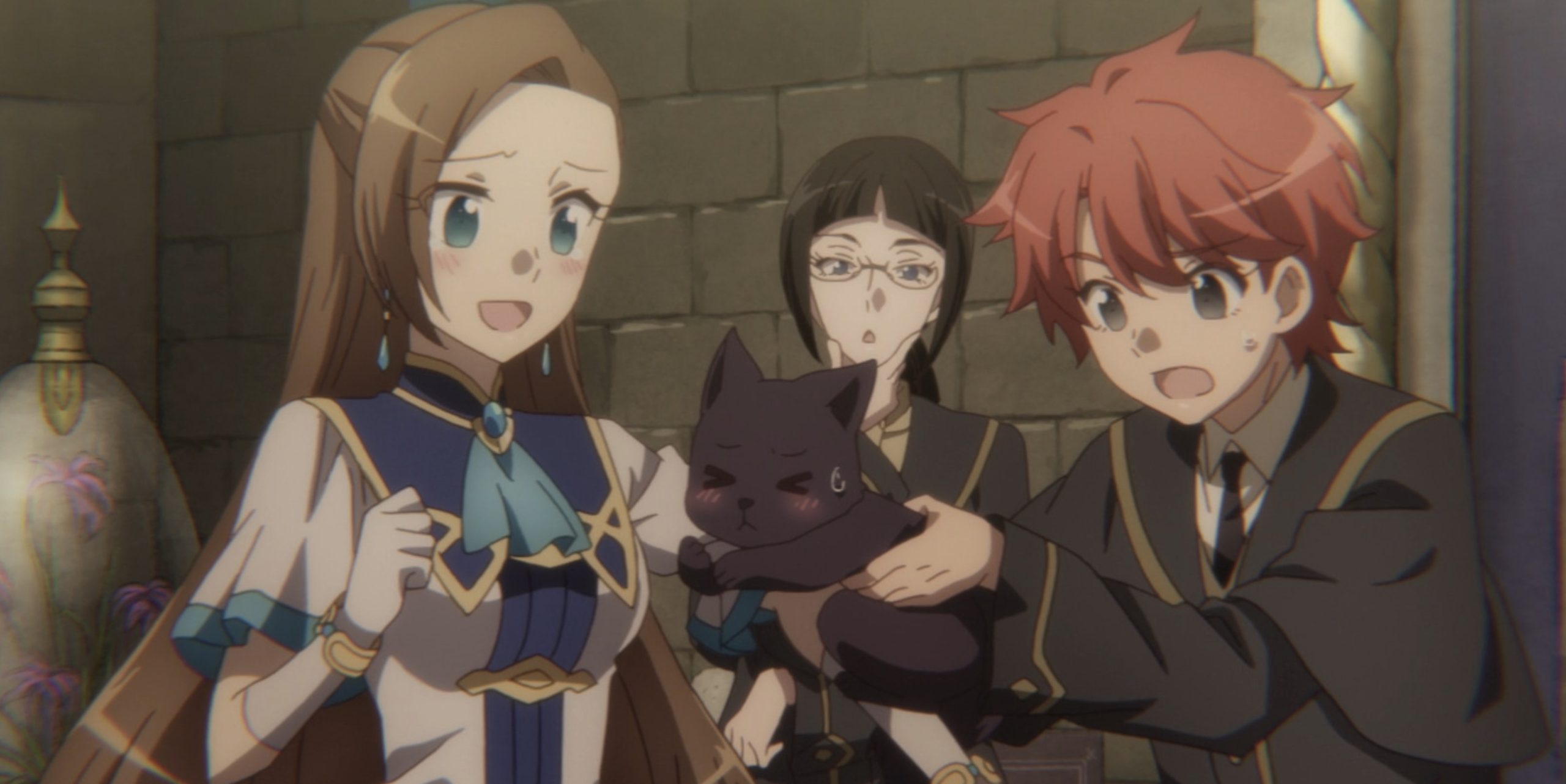
Catarina Claes, a young noblewoman, experiences a life-altering moment when she bumps her head and regains memories of her past life as a 17-year-old otaku girl. To her shock, she realizes that she has been reincarnated into the otome game Fortune Lover, but not as the heroine. Instead, she embodies the role of the game’s villainess, fated to meet a grim end regardless of the player’s choices.
Determined to rewrite her destiny and avoid the tragic paths that await her, Catarina sets out to thwart her own doom by taking strategic measures. However, her attempts at altering fate have unintended consequences, causing upheaval in her relationships with the other characters of the game’s world.
As Catarina investigates the intricate webs of romance and rivalry, she must tread carefully to outwit her predetermined fate while simultaneously forging new bonds and unraveling the mysteries of her newfound existence.
With each twist and turn, she discovers that rewriting her story comes with its own set of challenges and surprises, leading to unforeseen developments that reshape her journey in unexpected ways.
28. Cautious Hero: The Hero Is Overpowered But Overly Cautious
Overpowered main characters often threaten to overshadow the narratives they inhabit, as the outcome of every battle becomes glaringly apparent from the start. However, in anime such as Cautious Hero: The Hero Is Overpowered but Overly Cautious, satire emerges as the savior of the story.
The series cleverly inspects this trope with humor, offering a refreshing take on the concept. Even if it stumbled in executing its premise, the strength of its jokes alone might have carried it through.
Fortunately, Cautious Hero delivers on its premise with finesse. Seiya’s unwavering caution, despite all efforts to prepare, serves as a recurring punchline that never fails to amuse.
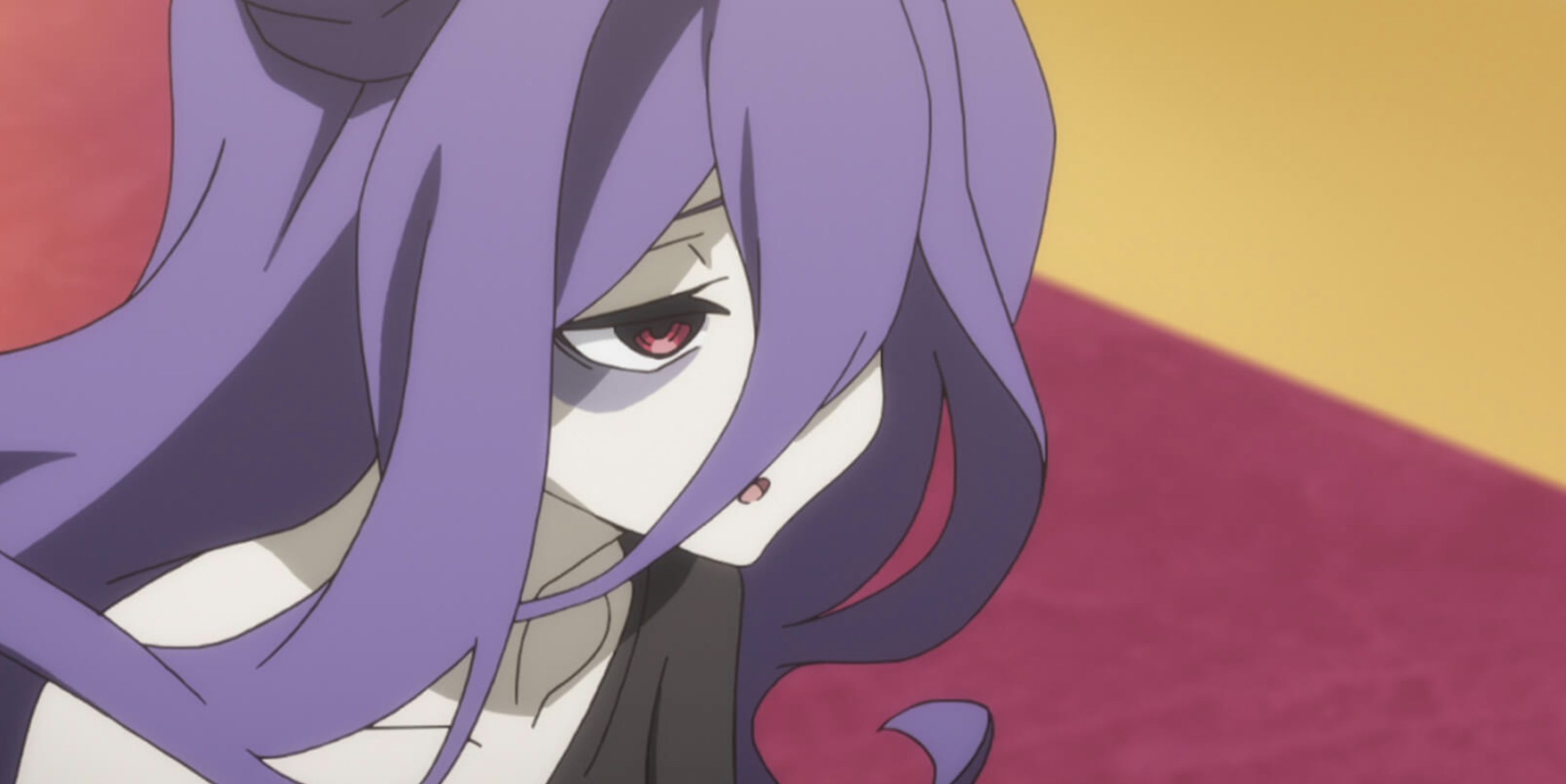
Ristarte, a fledgling goddess entrusted with the daunting task of saving the perilous Gaeabrande from the clutches of a formidable Demon Lord, sets out to summon a hero capable of vanquishing this malevolent foe. In her quest to find the perfect champion, she selects Seiya Ryuuguuin, whose unparalleled stats surpass those of any other contender.
However, Ristarte’s excitement quickly turns to exasperation as she discovers that Seiya is plagued by an overwhelming sense of caution, meticulously scrutinizing every detail and refusing to set foot in Gaeabrande until he deems himself sufficiently prepared. His unwavering vigilance drives the goddess to the brink of madness as she struggles to coax him into action.
Despite Ristarte’s frustrations, Seiya’s cautious demeanor proves to be more than mere paranoia when they finally venture to Gaeabrande. As they confront formidable adversaries and investigate deadly challenges, it becomes increasingly apparent that Seiya’s meticulous approach may be the key to their survival in a world fraught with danger and deception.
In the face of unforeseen perils and harrowing trials, Ristarte comes to realize that perhaps Seiya’s cautious nature is not only justified but essential for their quest to succeed. Together, they begin on an epic journey where every decision carries grave consequences and where even the slightest misstep could lead to catastrophic outcomes.
27. Didn’t I Say To Make My Abilities Average In The Next Life?!
Genius often creates a sense of isolation, distancing individuals from those deemed less capable—a reality all too familiar to Misato Kurihara. When presented with the opportunity to reincarnate in a fantasy world, Misato yearns for nothing more than to be ordinary.
However, fate has other plans, endowing her with magical powers that are the average of all individuals worldwide, rendering her remarkably potent.
Didn’t I Say to Make My Abilities Average in the Next Life?! shares similarities with Sword Art Online and akin anime, blending humor and self-awareness with moments of genuine gravity.
While deviating from its source material, the light novels, the anime boasts its own merits. With a compelling female protagonist and an abundance of in-jokes and nods to other anime, Didn’t I Say to Make My Abilities Average in the Next Life achieves its intended goals as an engaging isekai series.
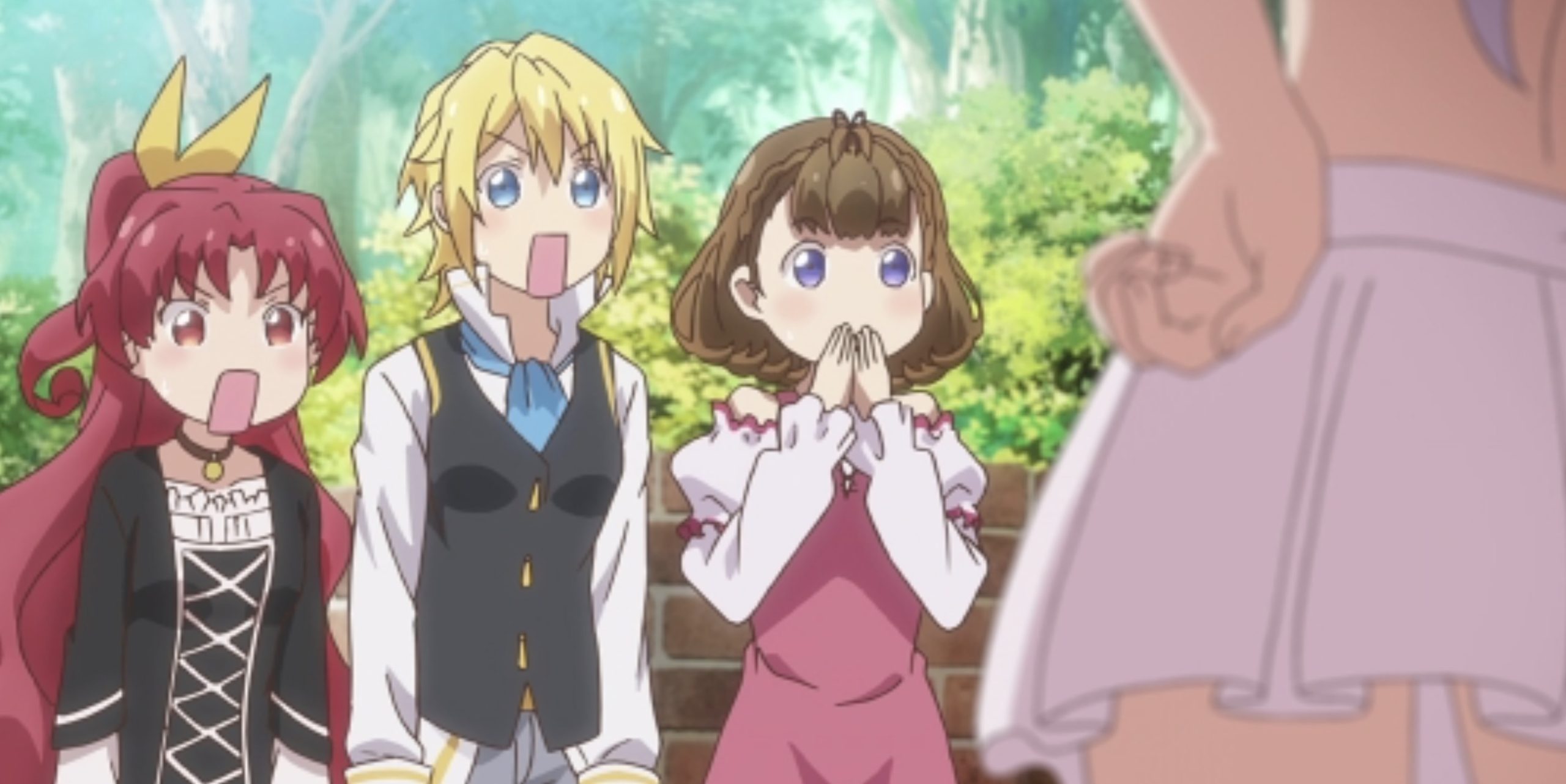
Misato Kurihara, a prodigious young girl ostracized for her exceptional abilities, meets an untimely demise while protecting a child from harm. Offered a chance at rebirth in a fantasy world, she requests to be reincarnated with average capabilities.
However, upon regaining her memories from her previous life, Misato discovers that “average” in this new world encompasses the extremes of magical prowess, rendering her physical and magical abilities a staggering 6,800 times stronger than those of an ordinary human.
As Adele von Ascham, a noble in her new life, Misato’s existence takes a tumultuous turn at the tender age of eight when her mother and grandfather fall victim to her conniving father’s treachery.
Left to investigate deceit and betrayal, Adele finds solace and companionship at the prestigious Eckland Academy, where she forms bonds that transcend lifetimes.
However, Adele’s newfound tranquility is shattered when she intervenes to rescue a boy from the clutches of the royal princess’ entourage, inadvertently attracting unwanted attention.
Forced to flee to another kingdom, she enrolls at Hunter’s Prep School and forges alliances with classmates Mavis, Reina, and Pauline. Together, they investigate the complexities of their tumultuous world, striving to lead lives of normalcy amidst the chaos.
Yet, Adele’s extraordinary abilities and the revelation of her divine association thrust her into the spotlight once more, presenting new challenges and dangers at every turn.
As she grapples with her dual identity and strives to protect those she holds dear, Adele learns that living an ordinary life may be the greatest adventure of all.
26) Tokyo Ghoul:
College student Ken Kaneki undergoes a radical transformation when he becomes the unwilling recipient of ghoul organs. Struggling to come to terms with his new identity as a half-ghoul, Ken must maneuver the deadly streets of Tokyo’s ghoul-infested districts while grappling with his own morality and humanity.
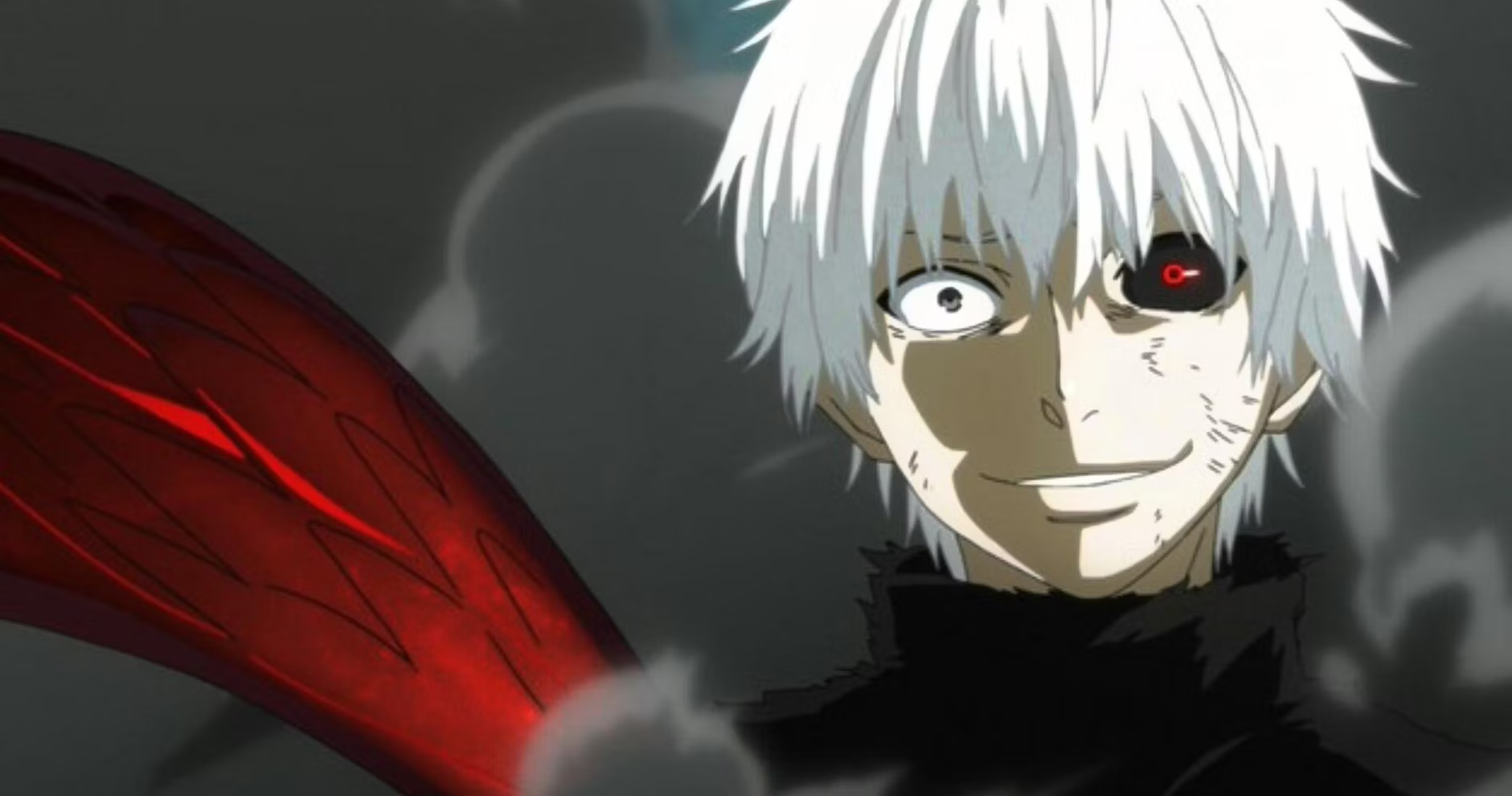
Accused of pacing issues and deviation from the manga’s darker themes, some viewers feeling the series fails to effectively portray its complex narrative and character arcs. The series has been criticized for its inconsistent tone and lack of depth, particularly in its portrayal of violence and psychological horror elements.
25) Elfen Lied:
Lucy, a genetically modified girl with powerful telekinetic abilities, escapes from a secret research facility and heads on a bloody rampage against humanity.
As she seeks revenge for the years of torment and experimentation she endured, Lucy’s path crosses with Kouta, a young man with a tragic past, leading to a confrontation that will alter their lives forever.
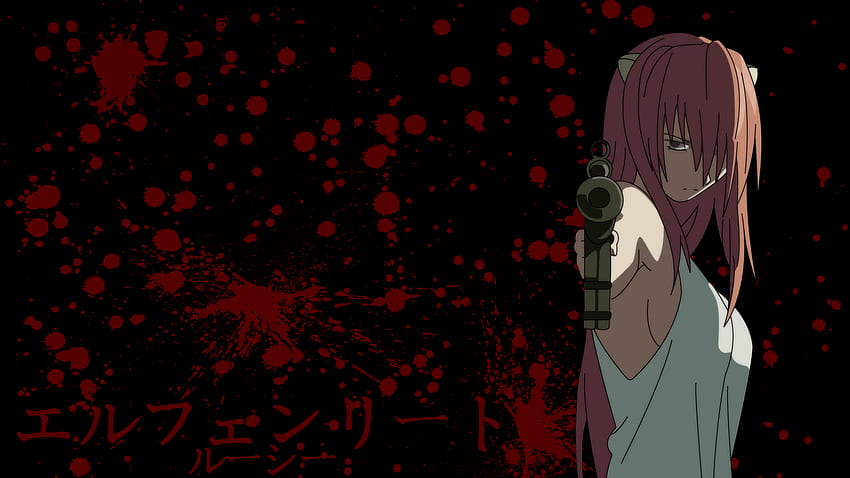
Infamous for its extreme violence and graphic depictions of gore, the Anime is often criticized for its gratuitous use of shock value without meaningful narrative justification.
The series has been accused of relying on exploitative and sensationalist elements to evoke a reaction from viewers, leading to discomfort and unease among audiences.
24) Fate/stay night
“Fate/stay night” follows high school student Shirou Emiya as he becomes embroiled in a deadly battle known as the Holy Grail War. With the help of powerful warriors known as Servants, Shirou must fight other mages and their Servants to obtain the Holy Grail, a magical artifact that grants the power to fulfill any wish.
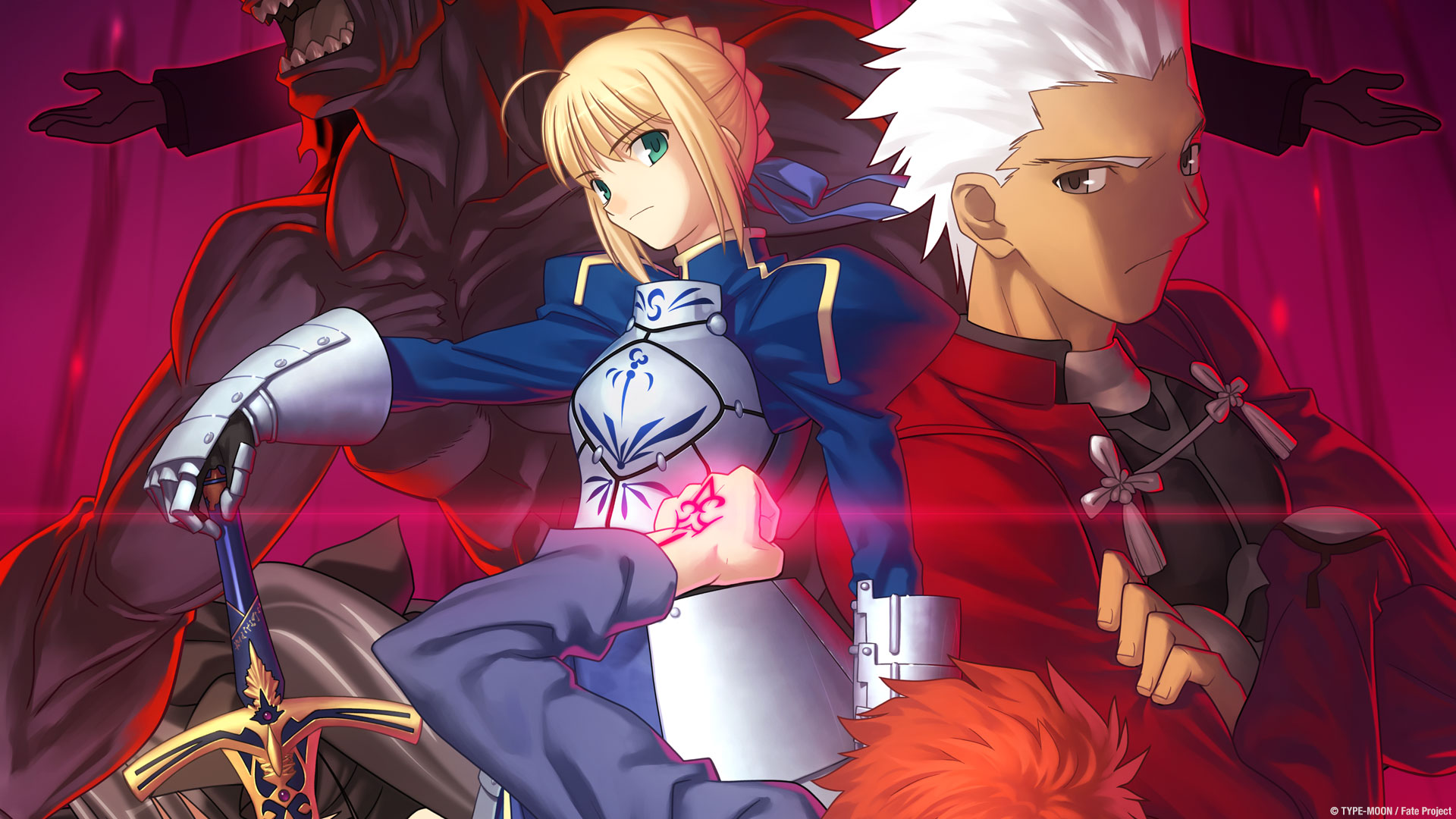
The anime draws criticism for its convoluted plot and inconsistent characterization, with some viewers feeling that the series fails to portray its complex lore and themes.
The series has been accused of relying too heavily on exposition and exposition dumps, resulting in a lack of emotional depth and connection with the characters.
23) Bakemonogatari
Bakemonogatari” introduces Koyomi Araragi, a high school student who survives a vampire attack and gains supernatural abilities. He encounters various girls afflicted by supernatural curses and helps them overcome their problems while facing his own inner demons.
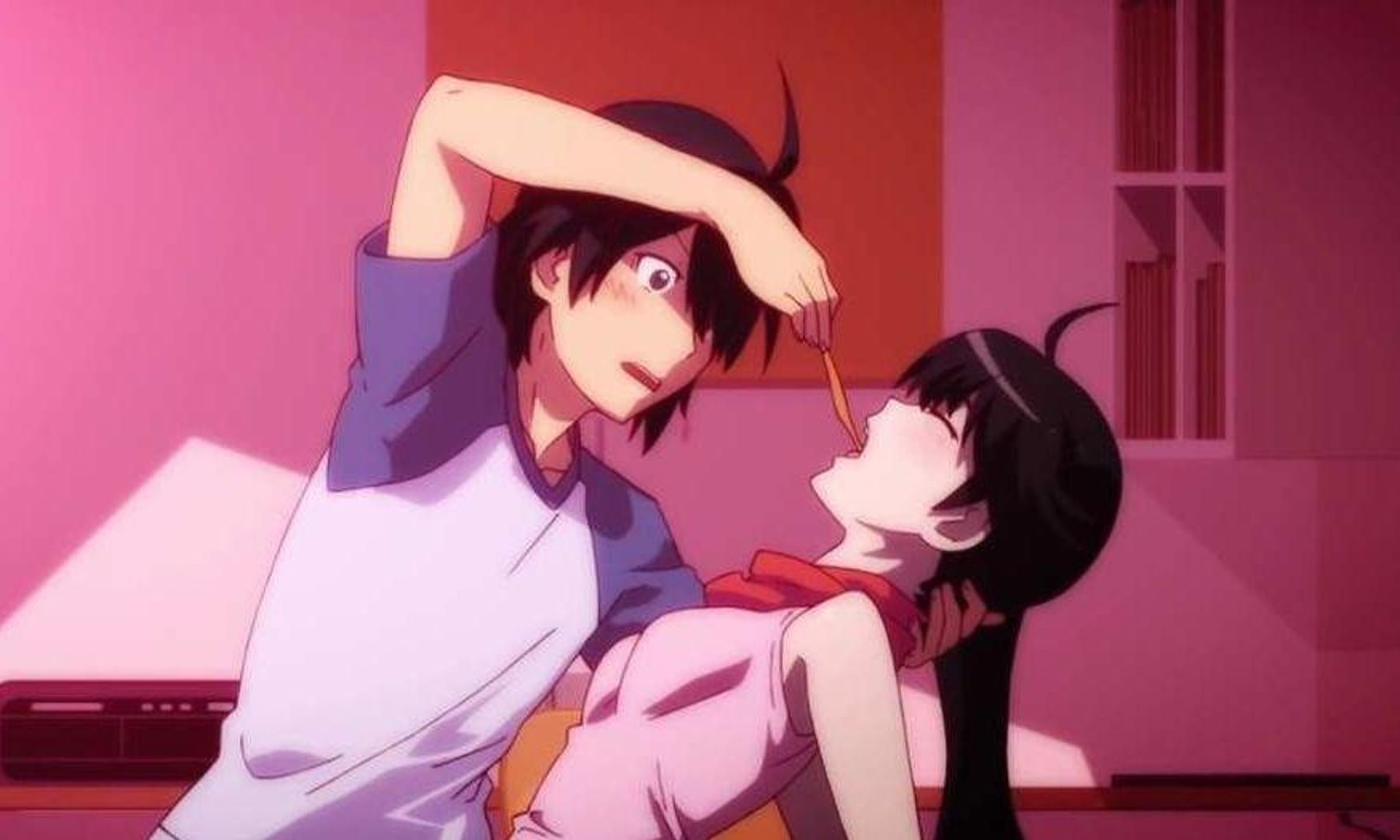
Known for its dense dialogue and abstract storytelling style, the series was criticized for its over-reliance on wordplay and esoteric references that can be inaccessible to casual viewers.
The series has been accused of prioritizing style over substance, with some critics feeling that its intricate narrative structure detracts from the cohesiveness of the story.
22) Akame ga Kill!
Authored by Takahiro and illustrated by Tetsuya Tashiro, and animated by White Fox, “Akame ga Kill!” follows Tatsumi as he joins an assassination group known as Night Raid to overthrow the corrupt Empire.
The Anime was criticized for its gratuitous violence and portrayal of graphic content without meaningful narrative justification, leading to accusations of exploitation and sensationalism.
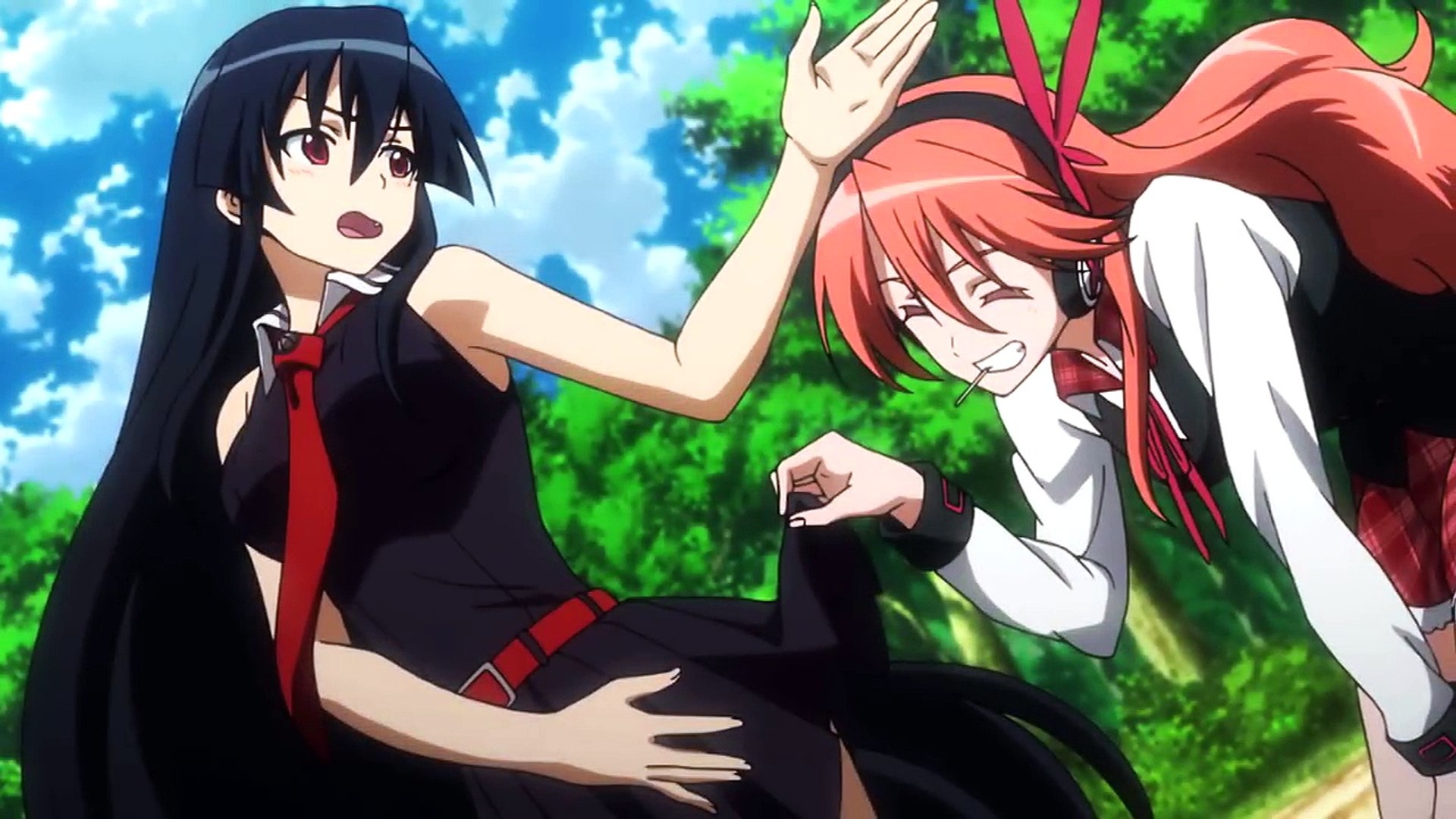
The series has been accused of prioritizing shock value over storytelling, resulting in a lack of emotional depth and resonance with the audience.
21) Wolf Girl And Black Prince
“Wolf Girl and Black Prince” centers on the tumultuous relationship between Erika Shinohara, a high school girl desperate to fit in, and Kyoya Sata, a manipulative and domineering classmate who agrees to pretend to be her boyfriend.
As their fake relationship evolves, Erika struggles with Kyoya’s controlling behavior and the emotional toll it takes on her self-esteem.
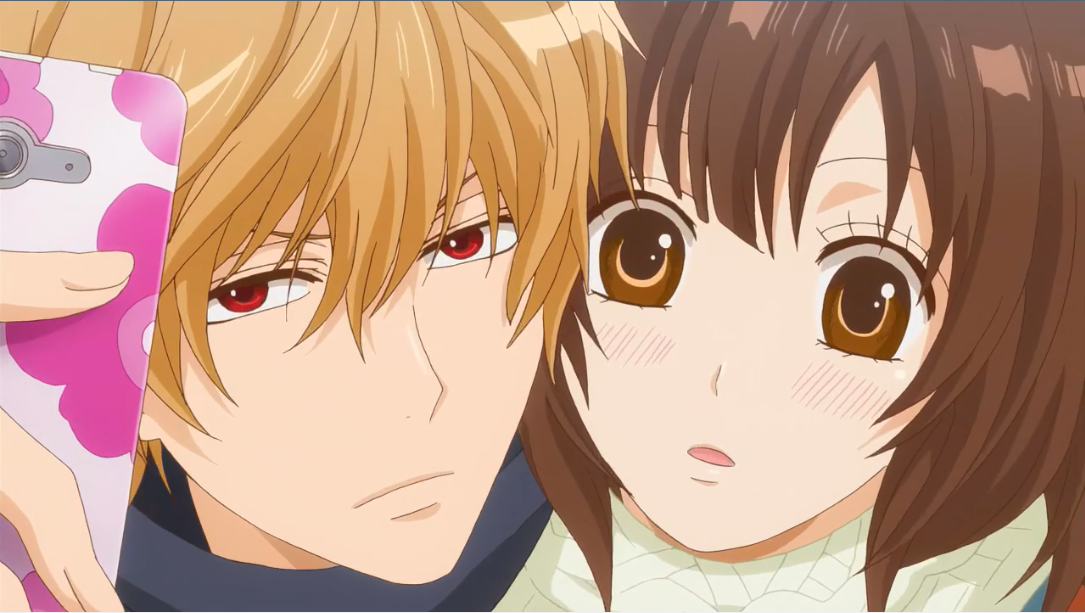
Critics have raised concerns about the toxic dynamics depicted in the series, including emotional manipulation, gaslighting, and the normalization of possessive behavior in romantic relationships.
While the anime deals with identity and self-discovery, its romanticization of unhealthy relationship dynamics has drawn criticism for potentially perpetuating harmful stereotypes about love and consent.
20) Citrus
“Citrus” follows the story of Yuzu Aihara, a fashionable and outgoing high school girl who transfers to a strict all-girls’ school, where she clashes with the cold and aloof student council president, Mei Aihara, who also happens to be her stepsister.
As their tumultuous relationship unfolds, Yuzu grapples with her growing feelings for Mei amidst the complex dynamics of their family and social environment.
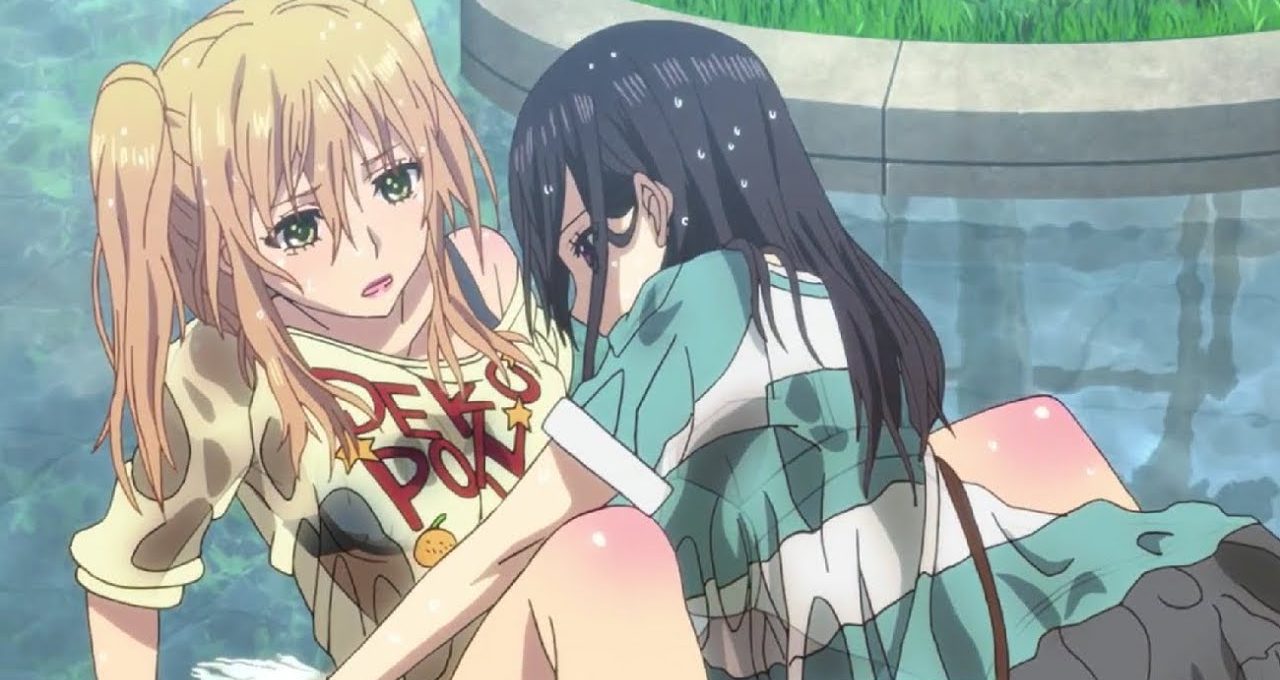
While praised for its portrayal of same-sex relationships and themes of identity and acceptance, “Citrus” has been criticized for its depiction of non-consensual and exploitative behavior between the two main characters.
Some viewers have raised concerns about the power imbalance inherent in Mei and Yuzu’s relationship, as well as the sexualization of underage characters, which can be uncomfortable and inappropriate.
19) Attack On Titan
“Attack on Titan” is set in a reality where humanity resides within massive walled cities to protect themselves from giant humanoid creatures known as Titans.
The story follows Eren Yeager and his friends as they join the military to fight against the Titans and uncover the truth behind their existence.
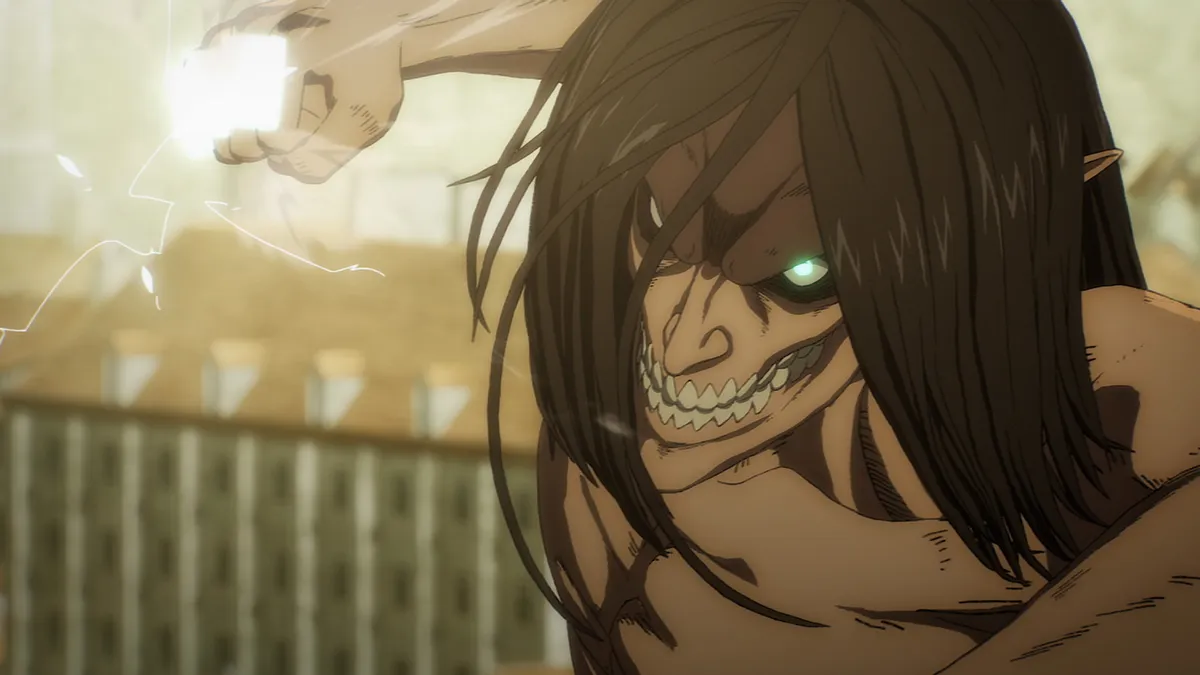
Despite its widespread popularity and critical acclaim, “Attack on Titan” has faced controversy over its portrayal of violence, particularly its graphic depictions of warfare, death, and themes of genocide.
Some viewers have criticized the series for its use of fascist imagery and themes, as well as its handling of sensitive topics such as nationalism and xenophobia.
18. Now And Then, Here And There
Assisting strangers holds significant importance, and altruism is undeniably an admirable trait. However, going above and beyond to rescue a girl from kidnappers is a level of heroism that exceeds the ordinary call of duty for most individuals. Yet, for Shuu Matsutani, such acts of bravery are not out of the ordinary.
Unfortunately for Shuu, his impulsive heroism lands him in a desert world, where he becomes the target of soldiers and is falsely accused of stealing a magical pendant that can produce water.
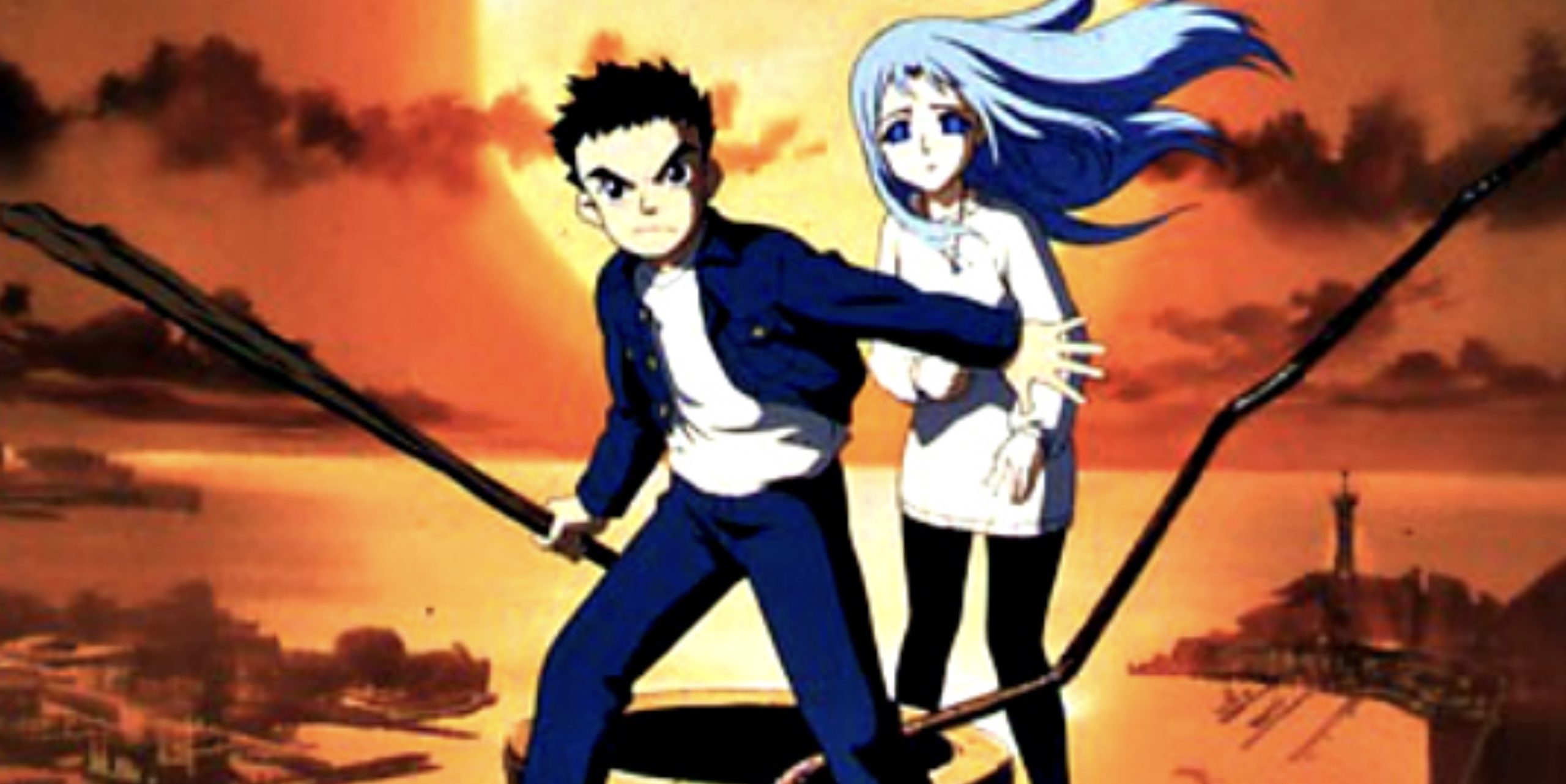
Despite the slightly dated animation, Now and Then, Here and There compensates with its compelling narrative.
While its appearance may suggest a lighthearted tone, the themes inspected go into darker territories, offering a journey that challenges its audience. Those who are comfortable immersing themselves in a grim world will find this anime to be a rewarding experience.
17. Problem Children Are Coming From Another World, Aren’t They?
Many children fantasize about possessing extraordinary psychic abilities, capable of reshaping reality with a mere thought. In Problem Children Are Coming from Another World, Aren’t They?, these fantastical powers become a reality for the characters. However, in their mundane world, there’s little incentive to utilize them.
Everything changes when they receive an invitation to venture to Little Garden, a world where wielding such powers can lead to wealth and acclaim through Gift Games.

Yet, as talk of a “Demon Lord” emerges, the children soon realize that the situation is far more complex than they initially believed. With strong isekai protagonists and a cunning narrative, this anime amazes the audience.
Sakamaki Izayoi, Kudō Asuka, and Kasukabe Yō, three children burdened with extraordinary psychic abilities, find themselves trapped in the monotony of their mundane lives. However, their existence takes a drastic turn when they receive a mysterious envelope transporting them to a world known as Little Garden. Here, supernatural powers known as “Gifts” reign supreme, shaping the fabric of reality.
In Little Garden, inhabitants engage in high-stakes competitions called Gift Games, utilizing their powers to secure wealth and renown for their communities. Drawn into this world, the trio aligns themselves with the struggling “No Name” community, determined to aid in its resurgence. As they go deeper into the intricacies of Little Garden, they uncover the oppressive rule of the tyrannical Demon Lords.
With newfound purpose, Sakamaki Izayoi, Kudō Asuka, and Kasukabe Yō pledge to challenge the status quo, rallying their allies in a daring bid to overthrow the despotic rulers and usher in a new era of freedom and prosperity for all.
16) Nisemonogatari
“Nisemonogatari” continues the story of Koyomi Araragi as he maneuvers the supernatural and encounters various oddities. With the help of his friends and allies, Koyomi must confront new threats and unravel the mysteries surrounding the aberrations that plague his town.
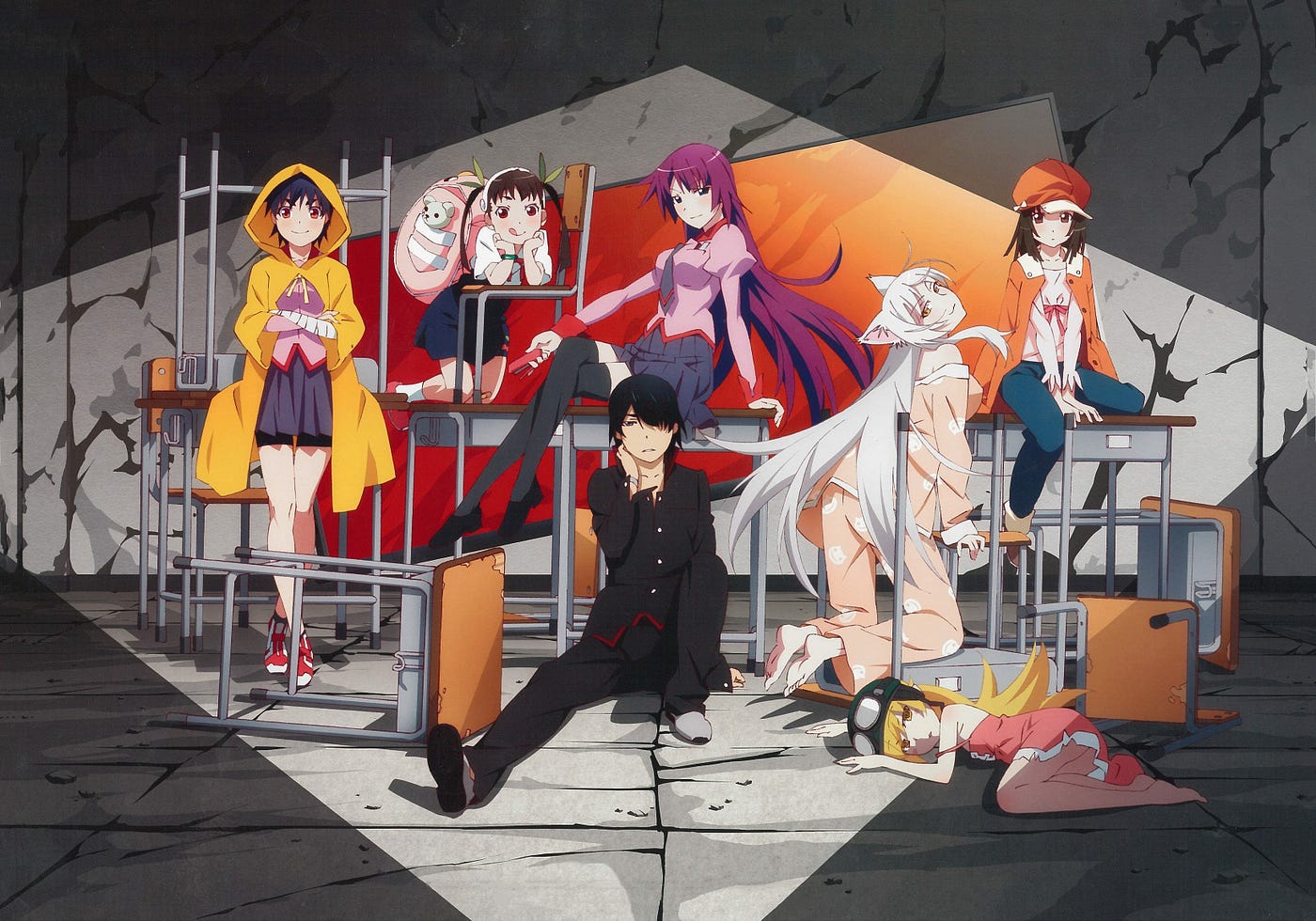
The Anime draws controversy for its explicit fan service and provocative imagery, particularly in its portrayal of incestuous themes and sexualized interactions between characters.
The series has been accused of normalizing inappropriate relationships and fetishization of taboo subjects, leading to discomfort and criticism from viewers.
15) Aku no Hana (Flowers of Evil)
“Aku no Hana” (Flowers of Evil) centers on Takao Kasuga, a bookish student who steals the gym clothes of his crush, Nanako Saeki. When a troubled classmate, Sawa Nakamura, witnesses the act, she blackmails Takao into a twisted relationship that pushes him to confront his darkest desires and the hypocrisy of society.
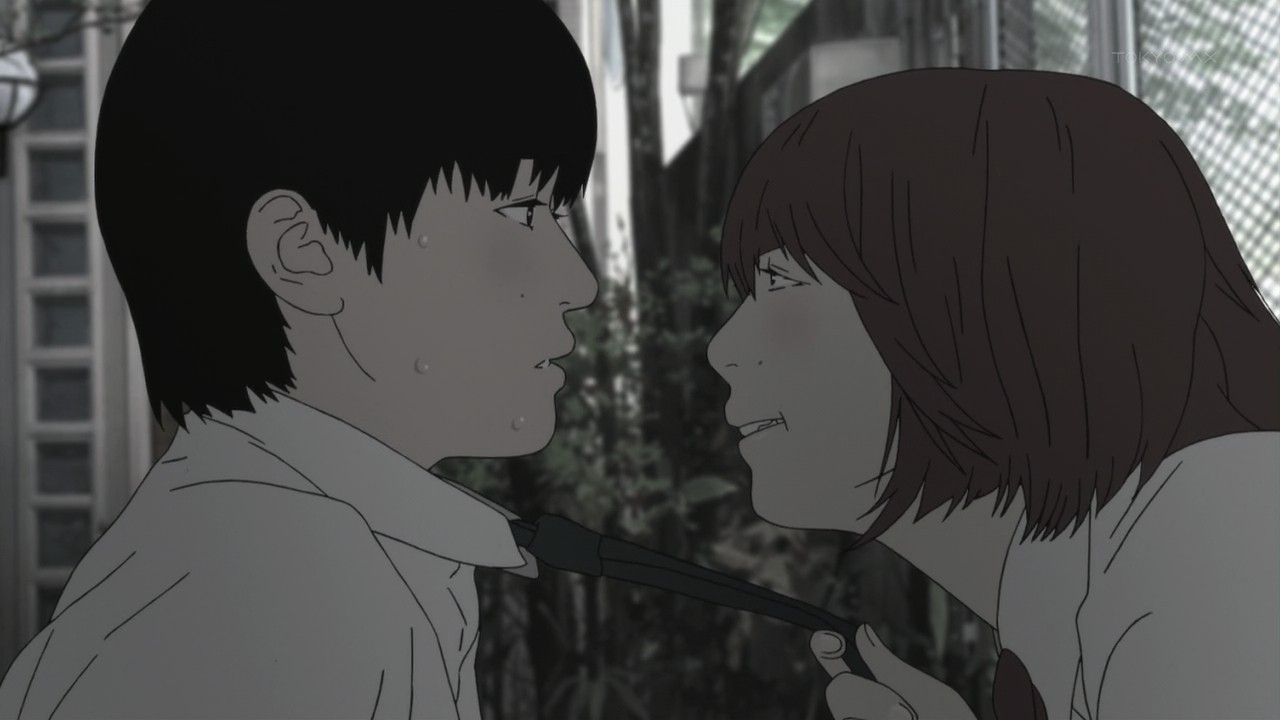
The Anime is infamous for its unconventional animation style and dark thematic elements, often criticized for its slow pacing and lack of traditional narrative structure.
The series has been accused of alienating viewers with its experimental approach to storytelling, resulting in polarizing reactions and mixed reviews from audiences.
14) Deadman Wonderland
Ganta Igarashi’s life is turned upside down when his entire class is massacred by a mysterious red man and he is framed for the crime.
Sent to Deadman Wonderland, a privately operated prison where inmates are forced to participate in deadly games for entertainment, Ganta must survive the brutal environment while uncovering the truth behind the conspiracy that ruined his life.
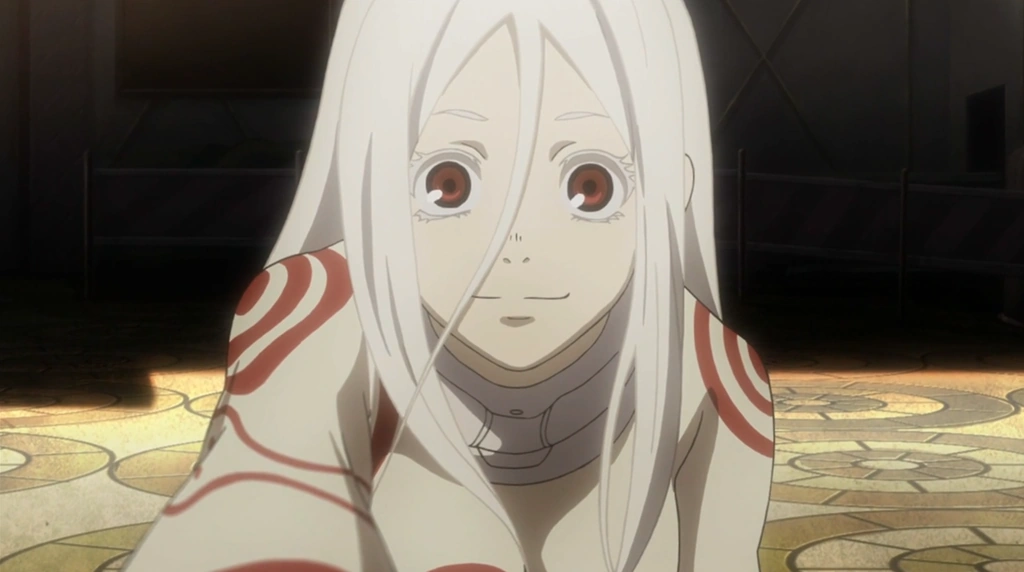
Known for its graphic violence and disturbing imagery, the Anime was criticized for its portrayal of gore and trauma without meaningful discussion of its psychological impact.
The series has been accused of sensationalizing dark themes and exploiting shock value for entertainment purposes, leading to discomfort and unease among viewers.
13) Mars of Destruction
“Mars of Destruction” follows a team of soldiers as they investigate mysterious creatures known as Ancients, who have begun attacking humanity. As they uncover the truth behind the Ancients’ origins, they face increasingly dangerous encounters that threaten the fate of humanity itself.
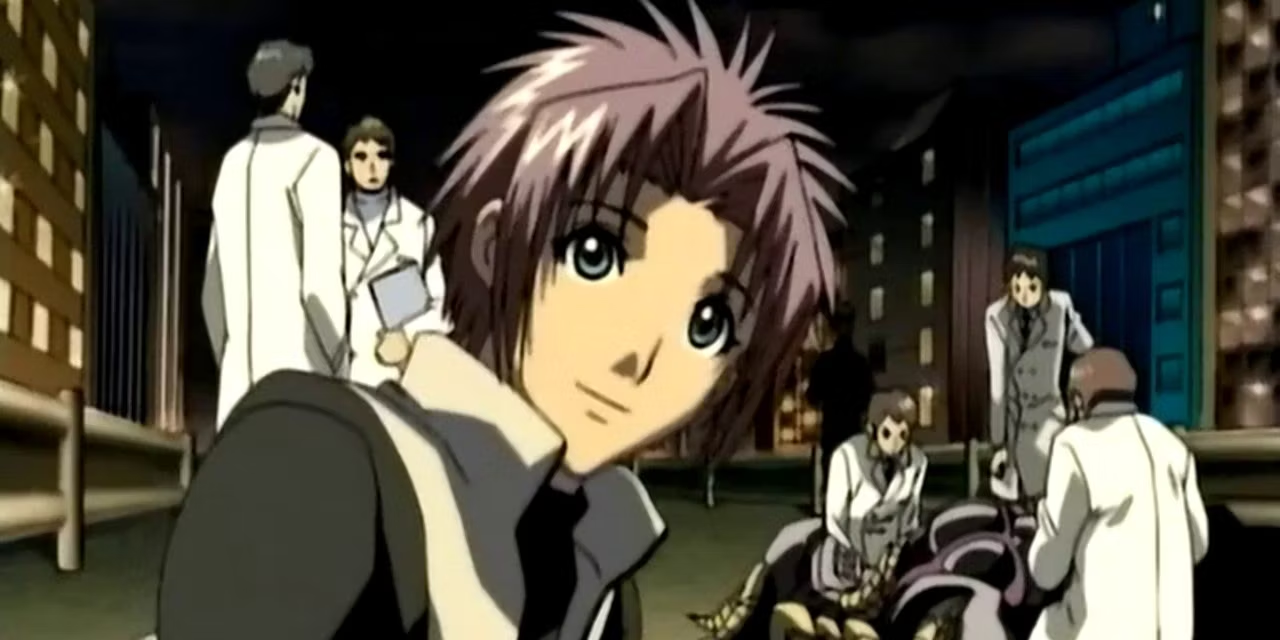
Notorious for its poor animation quality and nonsensical plot, the Anime is often cited as one of the worst anime ever made due to its lack of coherent storytelling and unengaging characters. The series has been widely mocked and criticized for its amateurish production values and lack of redeeming qualities.
12) Pupa
“Pupa” revolves around siblings Utsutsu and Yume Hasegawa, who become infected with a mysterious virus that transforms Yume into a flesh-eating monster. As Utsutsu desperately tries to protect his sister, he discovers dark secrets surrounding their family’s past and the origin of the virus.
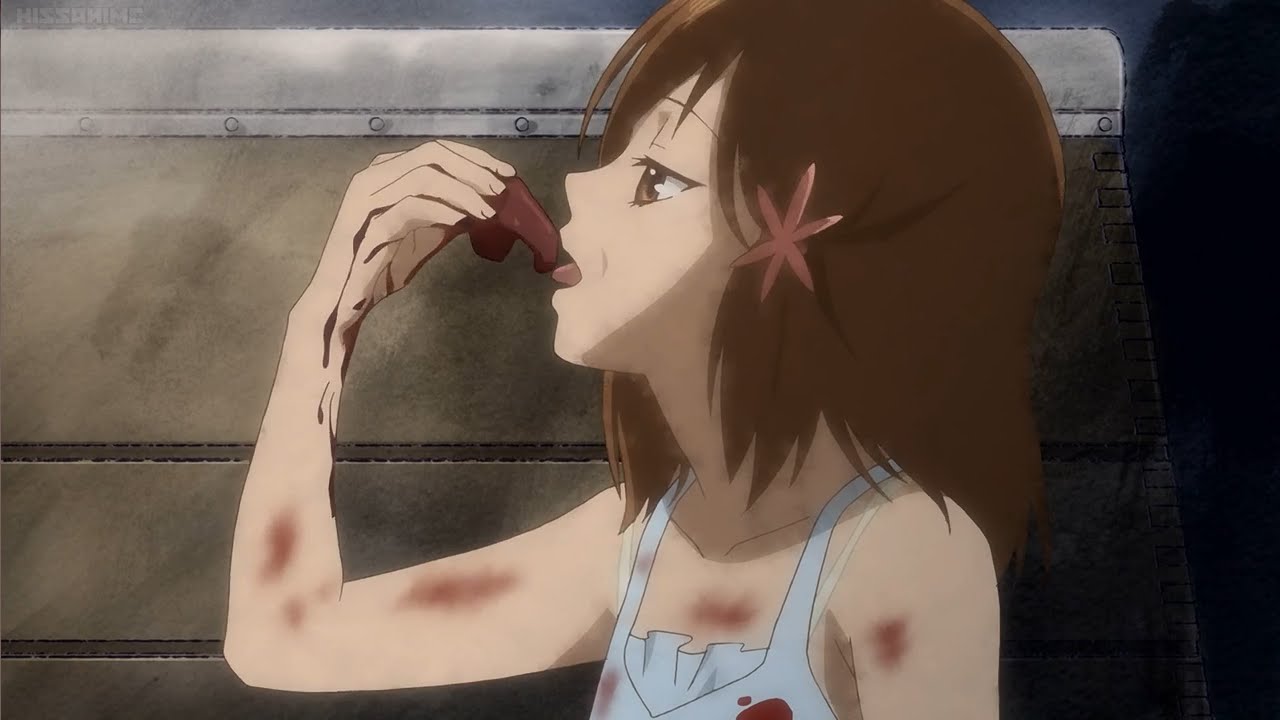
The Anime draws controversy for its disturbing content and portrayal of graphic violence, particularly its depiction of cannibalism and incestuous themes. The series has been accused of exploiting shock value for entertainment purposes, leading to discomfort and criticism from viewers.
11) Sekai de Ichiban Tsuyoku Naritai! (Wanna Be the Strongest in the World!)
“Sekai de Ichiban Tsuyoku Naritai! (Wanna Be the Strongest in the World!)” follows the journey of Sakura Hagiwara, a pop idol who decides to pursue a career in professional wrestling to become the strongest in the world.
Along the way, she faces intense training, fierce competition, and the challenges of balancing her newfound career with her idol persona.

The Anime faced backlash for its exploitative portrayal of female wrestlers and emphasis on fan service over meaningful storytelling, perpetuating harmful stereotypes and objectification of women. The series has been accused of prioritizing sexualized content over character development, resulting in shallow characterization and lack of depth.
10) Berserk
“Berserk” follows the journey of Guts, a lone mercenary with a tragic past, as he battles demonic forces in a medieval era filled with political intrigue and dark magic.
The anime deals with themes of vengeance, betrayal, and the struggle for survival amidst a brutal and unforgiving reality.
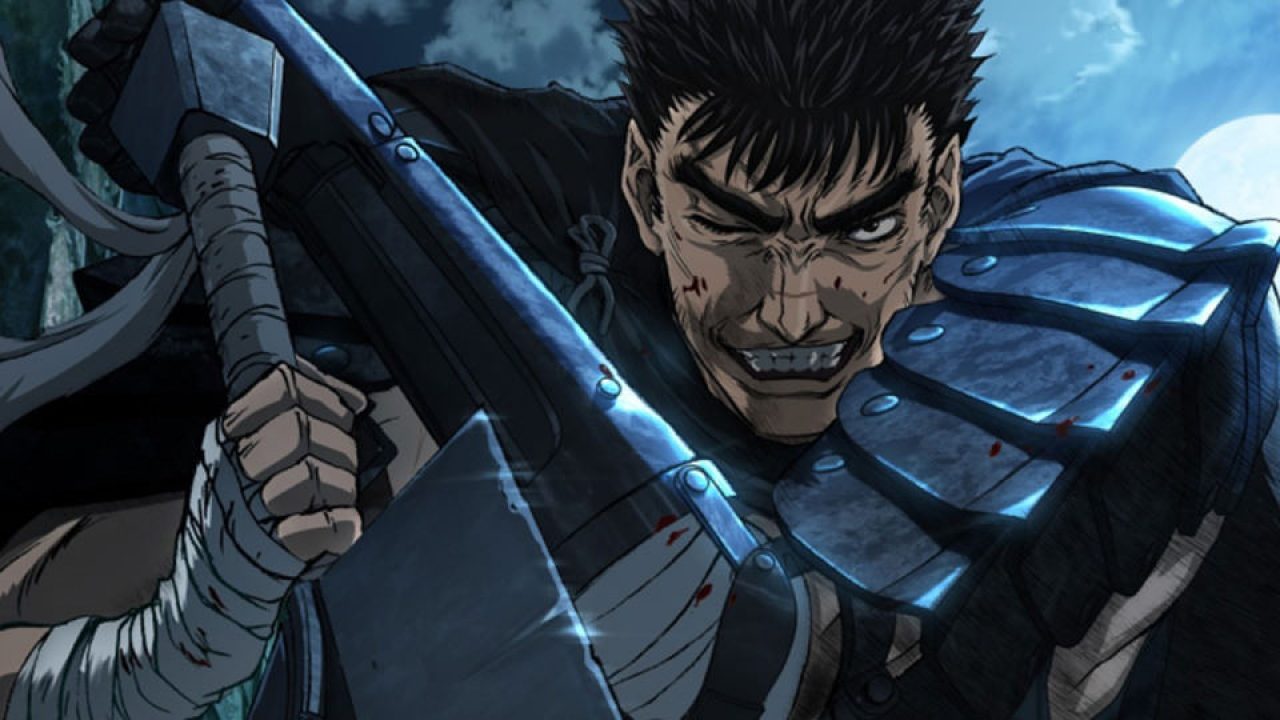
While acclaimed for its complex characters and dark atmosphere, “Berserk” has faced criticism for its graphic violence, sexual content, and portrayal of disturbing themes such as rape and trauma, which can be triggering for some viewers.
Additionally, the anime’s non-linear storytelling and abrupt ending have left fans unsatisfied and longing for a more cohesive adaptation of the source material.
9) Usagi Drop
“Usagi Drop” follows the story of Daikichi Kawachi, a single man in his thirties who unexpectedly becomes the guardian of Rin Kaga, his grandfather’s illegitimate six-year-old daughter.
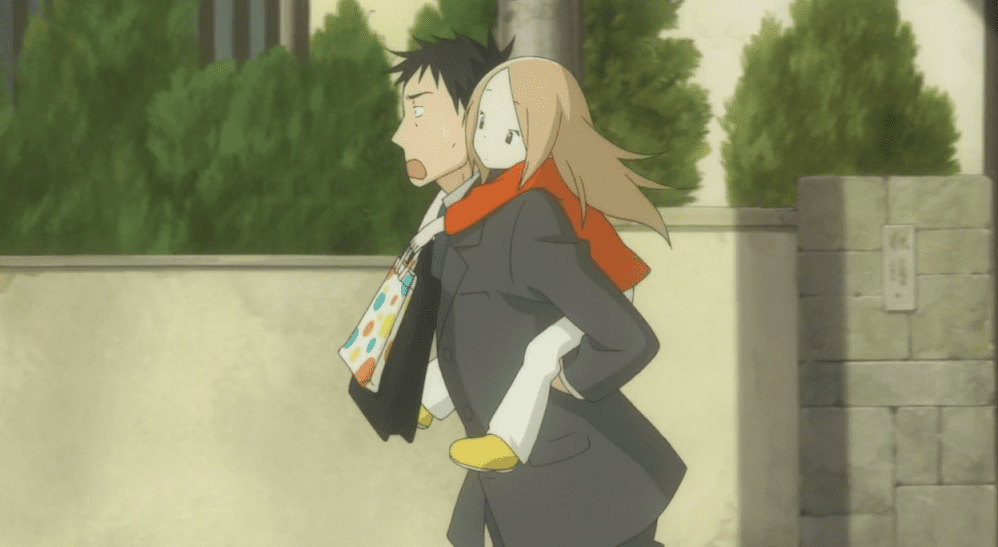
As Daikichi maneuvers the challenges of single parenthood, he forms a heartwarming bond with Rin and learns valuable lessons about love, responsibility, and the joys of family.
While the first half of the anime is celebrated for its heartwarming portrayal of the bond between Daikichi and Rin, the second half has faced criticism for its controversial narrative direction in the manga source material.
Without revealing spoilers, the time skip and romantic implications between Daikichi and Rin in the manga’s later chapters have sparked debate and discomfort among fans, leading some to question the appropriateness of the storyline and its portrayal of intergenerational
8. Ishura
In a fantastical world where individuals wield extraordinary powers, conflicts are not settled by vast armies but by a select few. As tensions escalate between two states, preparations for battle intensify as they gather their chosen champions, some of whom harbor motives divergent from their supposed allegiance.
Ishura takes a bold approach by essentially presenting five “first” episodes. Rather than focusing solely on a central protagonist, the anime introduces its entire cast, granting each character their moment in the spotlight across the initial episodes.
This unconventional decision leads to a somewhat perplexing start that appears to meander, with the narrative pieces only beginning to coalesce around episode 6, coinciding with the onset of war and the commencement of confrontations between the chosen champions.
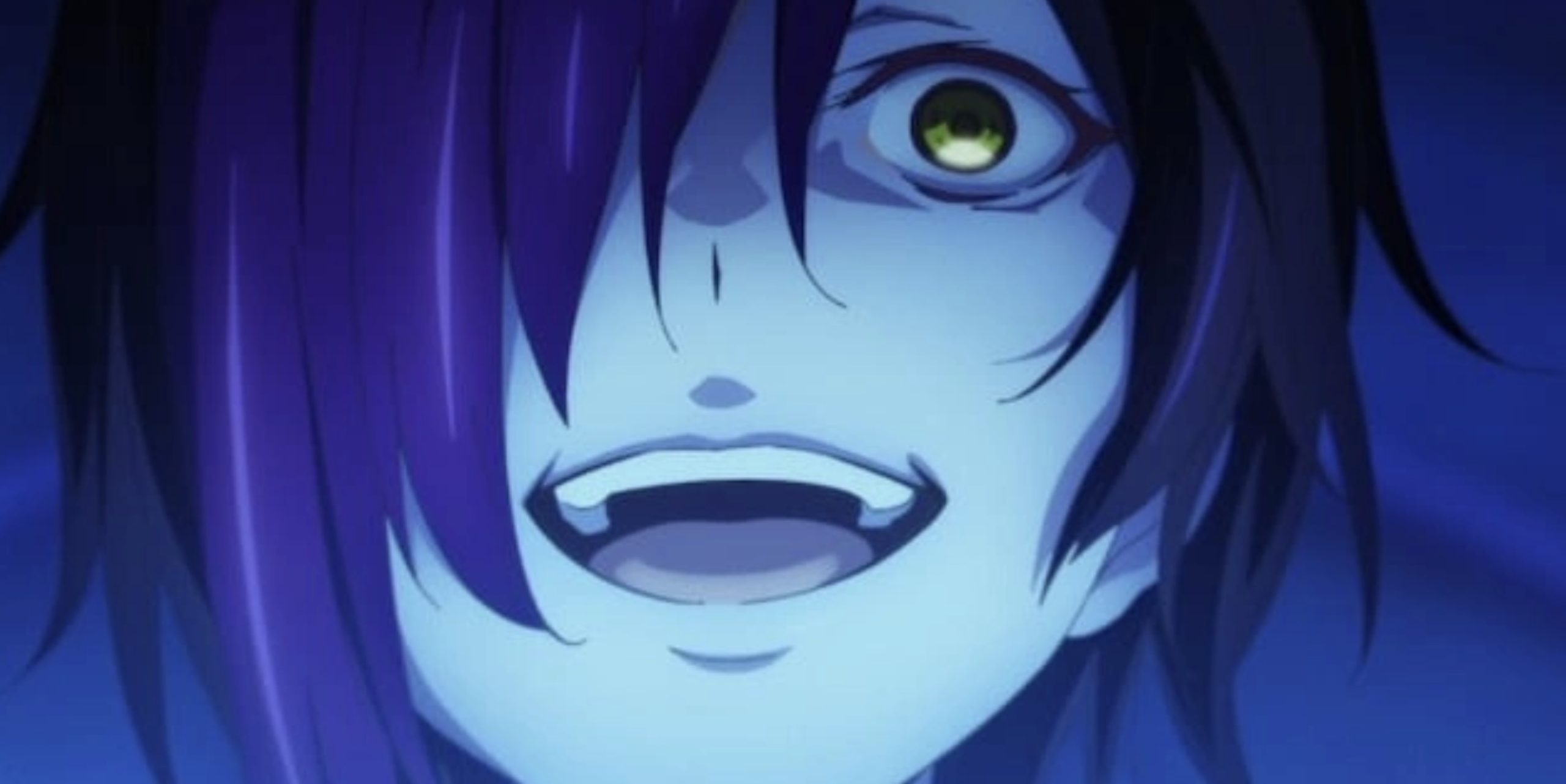
From that juncture onward, Ishura proceeds into a series of exhilarating battles, pitting individuals endowed with formidable and idiosyncratic abilities against one another.
While never outright poor, Ishura’s initial narrative structure may deter some viewers, potentially causing them to lose interest before the series fully finds its footing.
With the demise of the Demon King, a void emerges in , leaving behind a host of formidable beings known as “Shuras” — demi-god-like individuals capable of vanquishing even the mightiest of adversaries.
Liberated from their previous purpose, these champions now roam the land, each pursuing their own desires with unfettered freedom.
Some among them seize the opportunity to assert dominance, carving out empires and subjugating those who dare to defy their will. Others choose a more solitary path, wandering aimlessly, indifferent to the conflicts unfolding around them.
Yet, despite their disparate pursuits, a common desire unites them all — the yearning to prove themselves as the mightiest among their kind.
In the absence of a clear victor in the battle against the Demon King, speculation runs rampant, shrouding the identity of the true hero in mystery. As tensions escalate and rivalries ignite, clashes erupt between these formidable champions, each vying for supremacy and the coveted title of “True Hero.”
Amidst the chaos and turmoil, alliances are forged and betrayals unfold as the contenders vie for dominance, their conflicts shaping the fate of the world itself. In this tumultuous era of uncertainty, only time will reveal the ultimate victor among the champions of old, destined to claim the mantle of True Hero and etch their name into the annals of history.
7. The Weakest Tamer Began a Journey to Pick Up Trash
While “underrated” may not perfectly cover The Weakest Tamer Began a Journey to Pick Up Trash, as it enjoys considerable popularity, the series did linger on the cusp of broader recognition for much of Winter 2024.
Despite sporadic and inconsistent discussions, by the close of March 2024, this leisurely narrative had emerged as one of the season’s most memorable new isekai anime. More significantly, The Weakest Tamer Began a Journey to Pick Up Trash offers a refreshingly unconventional approach to the genre, making it a compelling choice for those seeking a departure from the typical tropes.
Set in a world where an individual’s worth is determined by their “stars,” representing their skill level, Ivy finds herself devoid of this currency, rendering her seemingly valueless.
Faced with the specter of death, she flees her village, beginning on a journey of survival in the wilderness, utilizing her modest taming abilities.
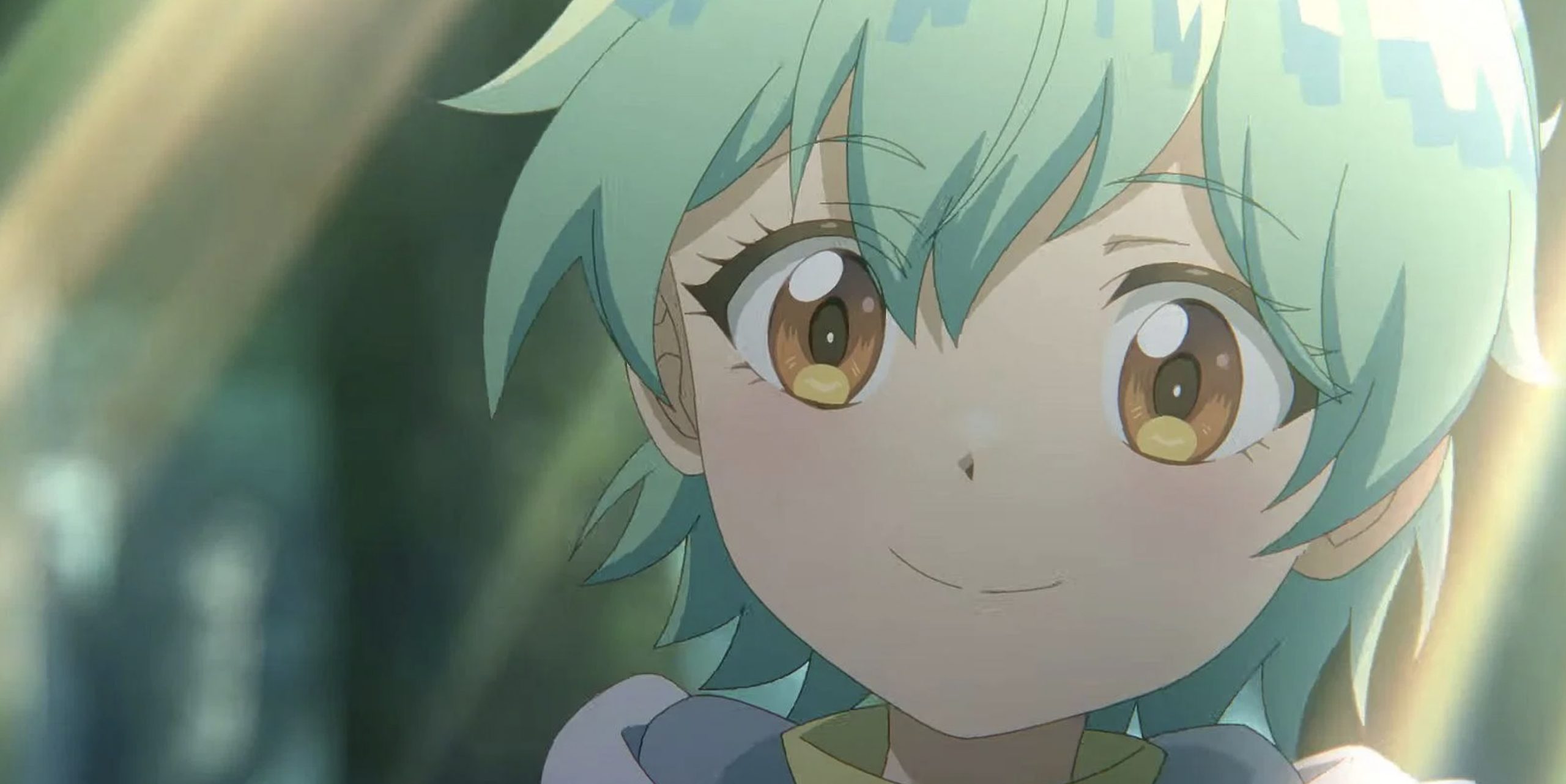
While the early episodes are marked by intensity, the series gradually transitions into a tranquil slice-of-life narrative, allowing Ivy’s warmth and innocence to radiate. Notably, Studio Massket’s animation is remarkably well-executed, further enhancing the viewing experience.
Ivy’s journey begins in a world where skills are valued above all else, each person adorned with stars to signify their prowess. Yet, she finds herself burdened with only the humble Tamer skill, devoid of any starry accolades. Cast out by her once-loving family, Ivy endures their scorn and abuse, seeking solace in the embrace of the forest.
Alone and forsaken, Ivy’s fate takes a turn when she crosses paths with a compassionate fortune teller who takes her under her wing, imparting wisdom and sustenance. But as years pass, the fortune teller’s guidance fades with her passing, leaving Ivy to fend for herself once more.
It is in the depths of her solitude that Ivy encounters a feeble, dying slime, a creature on the brink of demise. Moved by compassion, Ivy offers a glimmer of hope to the creature, taming it with gentle care and christening it to Sora, her newfound companion.
As Ivy’s bond with Sora deepens, so too does her understanding of the world around her. She witnesses the decay that plagues her village, orchestrated by a shortsighted headman who clings to outdated prejudices and spurns the wisdom of the past. Ignoring the counsel of the departed fortune teller, the headman’s misguided actions drive the village further into ruin, branding dissenters as criminals and clinging desperately to a fading reputation.
With each passing day, the headman’s grip on reality weakens, his sanity fraying under the weight of his delusions. Yet, despite the darkness that looms over her village, Ivy refuses to yield to despair. With Sora by her side, she begins on a quest to challenge the status quo, determined to confront the injustices that have plagued her community and pave the way for a brighter future.
6. Drifters
Drifters, a lesser-known series hailing from the creator of Hellsing Ultimate, presents an amazing tale of historical figures united to either save or conquer the world.
Following the adventures of Japanese soldier Shimazu Toyohisa, alongside renowned figures such as Joan of Arc and Oda Nobunaga, Drifters caters to fans of history, war, and fantasy anime. Its characters, some of history’s greatest warriors, offer a unique twist, even if they aren’t the strongest in anime lore.
Boasting fluid combat animations and an art style reminiscent of Hellsing Ultimate, Drifters amazes with its visual appeal and well-crafted storytelling. While the dynamics between its historical characters may appear somewhat obscure to casual viewers, this does not diminish the show’s excellence.
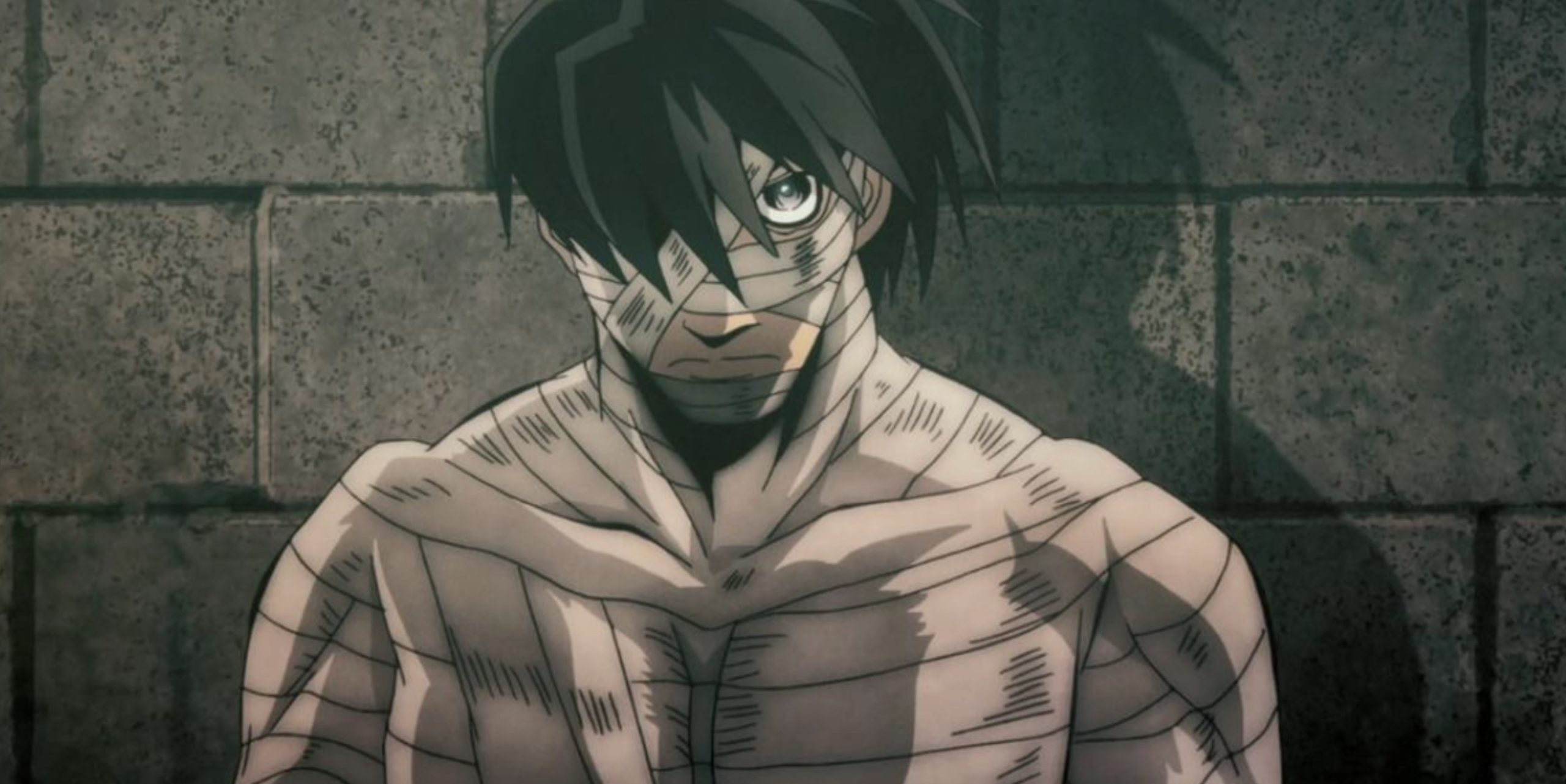
Amidst the chaos of the Battle of Sekigahara, Shimazu Toyohisa delivers a fatal blow to Ii Naomasa but in turn, finds himself grievously wounded. As he staggers away from the bloody battlefield, Toyohisa is unexpectedly whisked away to a strange corridor adorned with countless doors, where a figure named Murasaki awaits. Without explanation, Murasaki guides Toyohisa through one of the doors, transporting him to a world beyond his wildest imagination.
In this new world, Toyohisa encounters other legendary warriors like himself, all plucked from different times and places to form a group known as the “Drifters.” Here, amidst a diverse race including elves, dwarves, and hobbits, a bitter conflict rages. Humanity is locked in a desperate struggle against a formidable foe known as the “Ends,” relentless warriors hell-bent on world domination and the annihilation of the Drifters.
The Ends command a fearsome army of monstrous creatures, including giants and dragons, laying waste to everything in their path. With the northern reaches of the continent firmly under their control, they set their sights on the southern lands, their advance threatening to engulf the world in darkness.
In the face of this existential threat, the Octobrist Organization, a cadre of native human magicians, endeavors to unite the scattered Drifters in a desperate bid to stave off the impending apocalypse. As tensions mount and battle lines are drawn, Toyohisa and his fellow Drifters must harness their legendary skills and forge unlikely alliances if they are to stand any chance of saving this world from the clutches of ultimate destruction.
5) Sword Art Online:
The Anime follows players that experience the virtual reality MMORPG of Sword Art Online, only to discover they are unable to log out. Trapped inside the game by its creator, they must face its challenges and battles, facing life-or-death situations.
Kirito, one of the players, takes on the perilous journey to clear the game and free everyone trapped within, while forming bonds and relationships along the way.
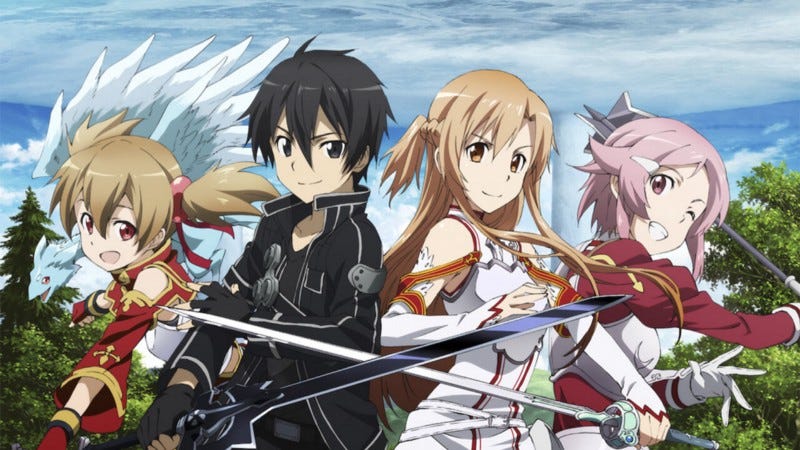
Criticized for its portrayal of female characters as one-dimensional and reliant on the male protagonist for validation, perpetuating gender stereotypes and objectification. Additionally, the series has been accused of having inconsistent pacing and narrative structure, leading to a lack of depth in character development.
4) Goblin Slayer
The Anime follows a young priestess joins forces with the mysterious Goblin Slayer, who is dedicated to exterminating goblins by any means necessary. Together with their party, they head on dangerous quests to get rid of these creatures, facing brutal violence and dark realities along.
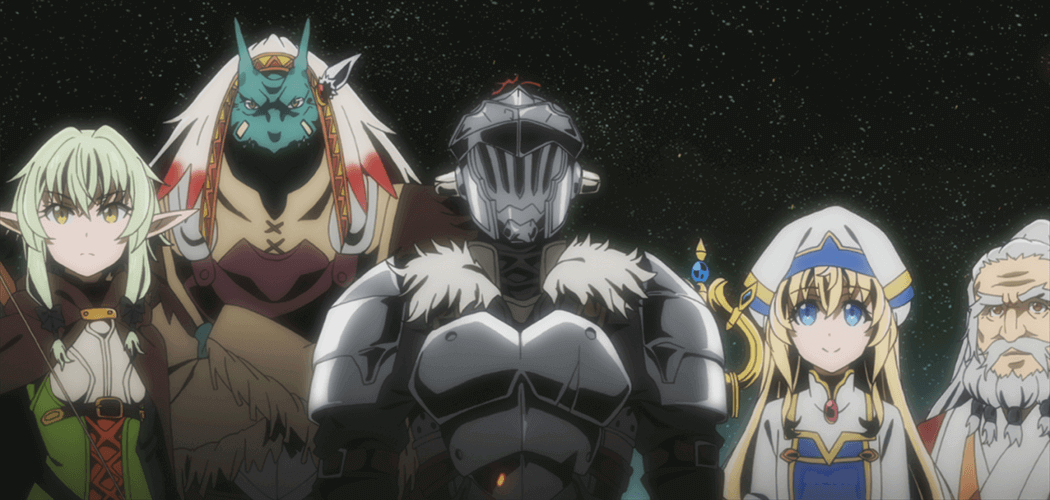
Infamous for its shock value and graphic depiction of sexual violence, particularly in the first episode featuring an extremely graphic scene that sparked widespread controversy and condemnation. The series has been criticized for its gratuitous use of violence and exploitation of dark themes for shock value rather than meaningful storytelling.
3) Eromanga Sensei
The Anime follows a High school student, Masamune Izumi discovers that his reclusive sister, Sagiri, is actually the popular online illustrator known as Eromanga Sensei. As they collaborate on creating light novels, their relationship becomes increasingly complex, blurring the lines between family, friendship, and romance.
The Anime draws criticism for its normalization of incestuous relationships and sexualization of underage characters, presenting taboo themes in a light-hearted and comedic manner that can be disturbing and uncomfortable for viewers.
The series has been accused of perpetuating harmful stereotypes and fetishization of inappropriate relationships.
2) School Days
Makoto Itou, an average high school student, becomes entangled in a web of romantic relationships with his classmates, leading to jealousy, betrayal, and tragedy. As his love interests grow, so does the tension, ultimately resulting in a shocking and violent conclusion.
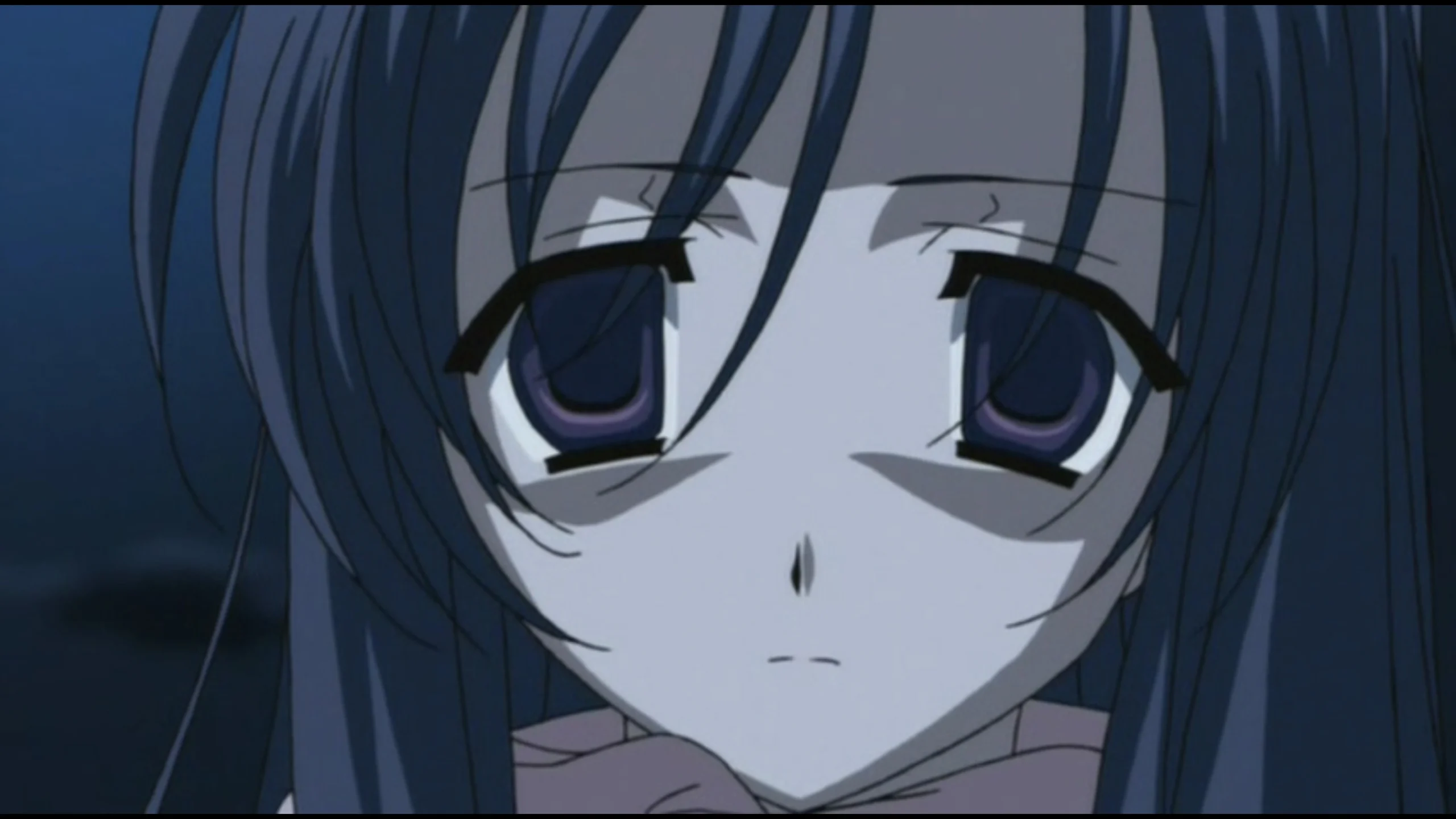
The Anime is notorious for its dark and nihilistic portrayal of teenage relationships, culminating in a shocking and violent conclusion that glorifies toxic behavior. The series has been criticized for its graphic depiction of manipulation, betrayal, and emotional abuse, leaving a disturbing and unsettling impression on viewers.
1) Darling in the Franxx
In a post-apocalyptic reality overrun by colossal creatures known as Klaxosaurs, humanity’s survival depends on young pilots who control Franxx, giant mechs designed to combat these monsters.
Among them is Hiro, a former prodigy who teams up with a mysterious girl named Zero Two to pilot the powerful Strelizia and uncover the truth behind their existence.
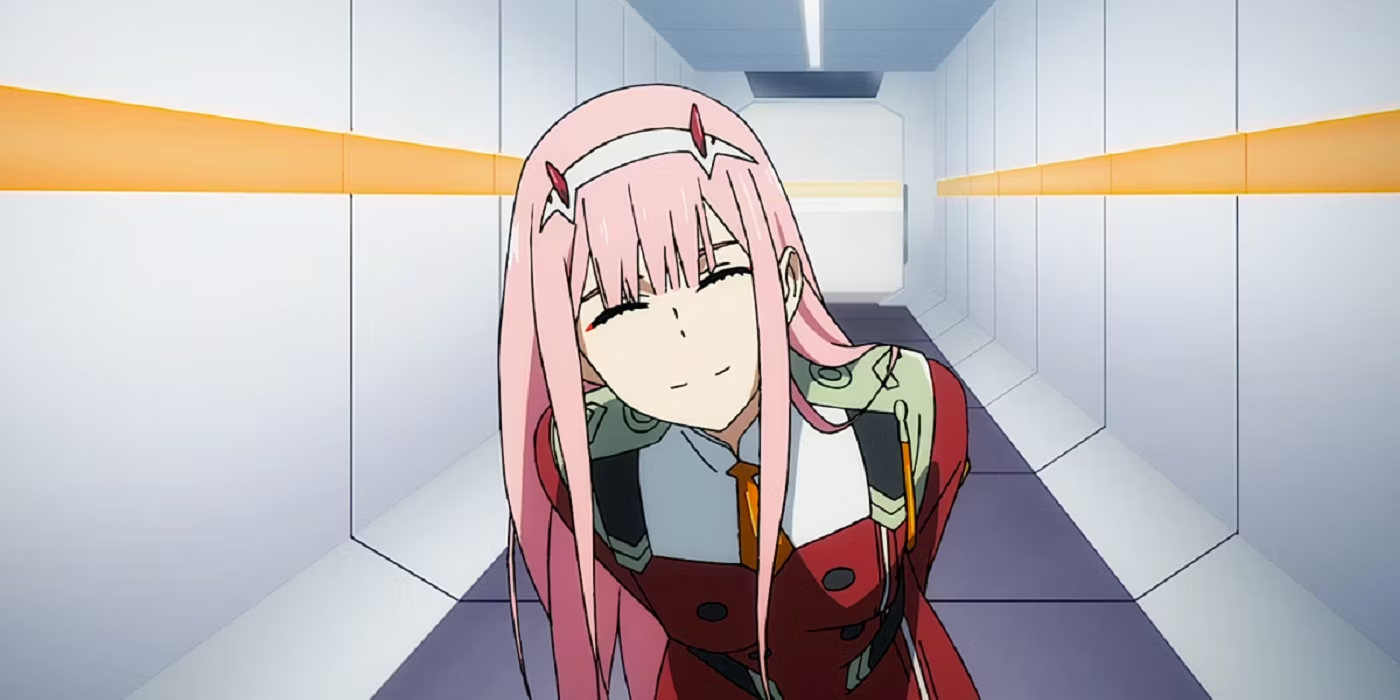
Accused of romanticizing unhealthy relationships and sexualizing teenage characters, this Anime does this particularly through its use of fan service and problematic character dynamics.
The series has been criticized for its shallow characterization and reliance on sexual themes rather than meaningful storytelling, perpetuating harmful stereotypes and tropes.

